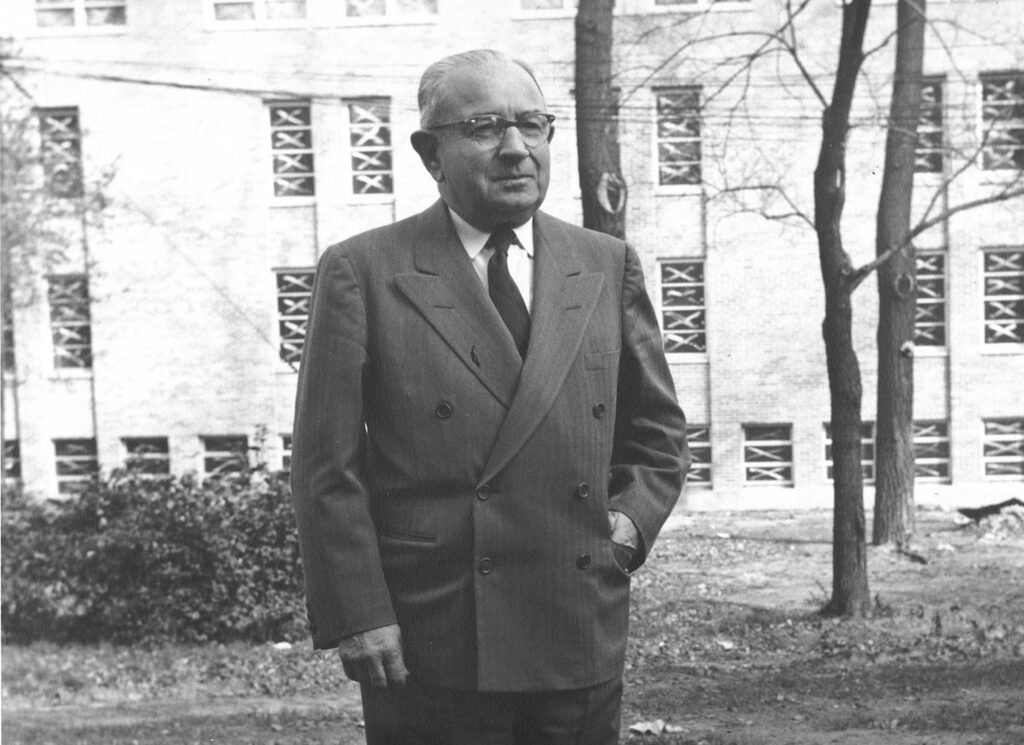
1925
Company founded by William Edward O’Neil along with Carpenter John Een and Estimator Jim Dwyer on November 24, 1925.

Building great relationships has been at the heart of our success since our founding in 1925. It’s what keeps our clients returning, attracts top talent, and ensures we deliver on our promises. Rooted in values passed down through generations, we continue to thrive on the principles established by William E. O'Neil.
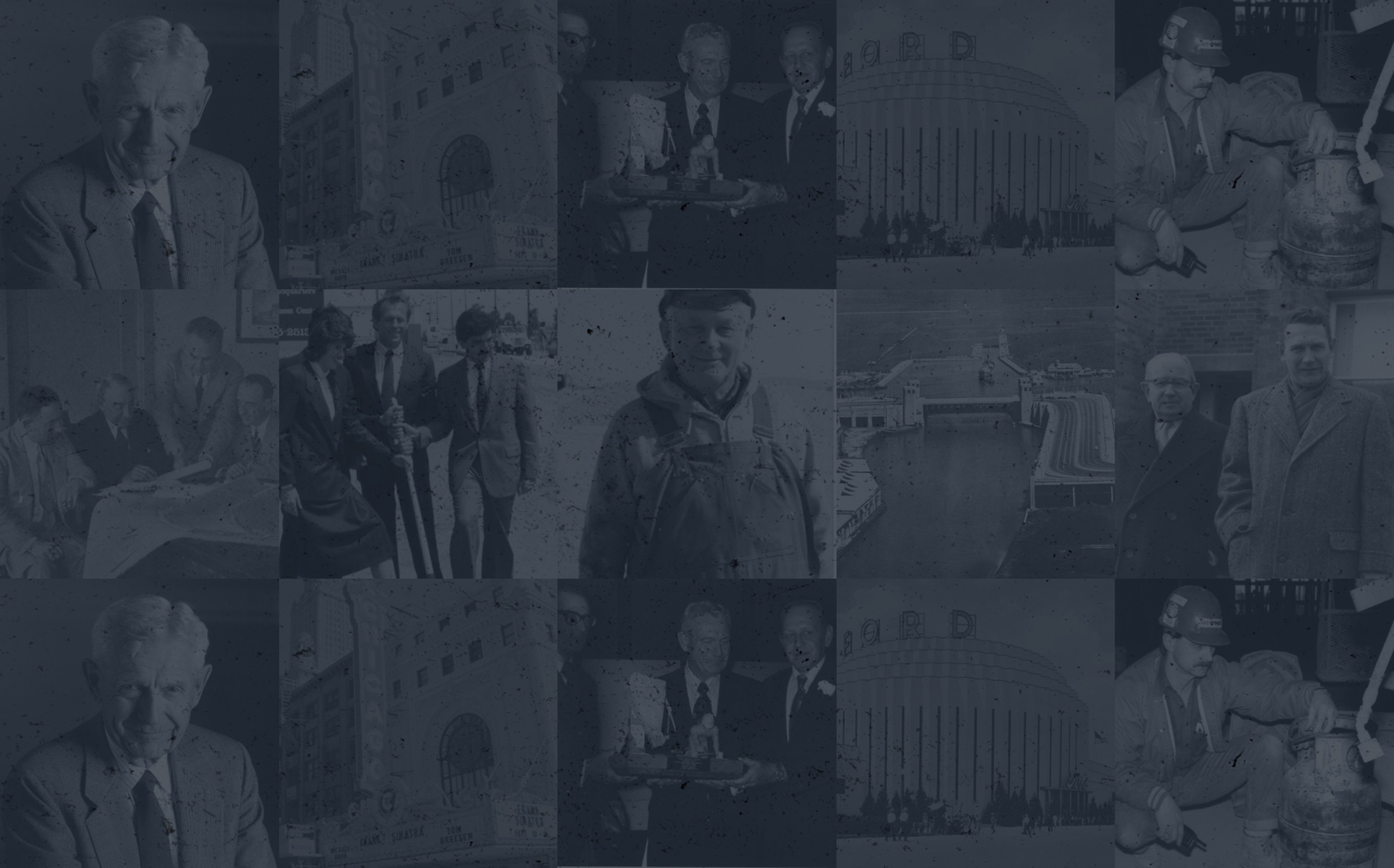

Company founded by William Edward O’Neil along with Carpenter John Een and Estimator Jim Dwyer on November 24, 1925.

The Primate House at Lincoln Park Zoo was the project that started it all! Built by William O’Neil and a crew of Swedish immigrant carpenters, this 23,700 SF structure cost $150,000 and is still in use today.
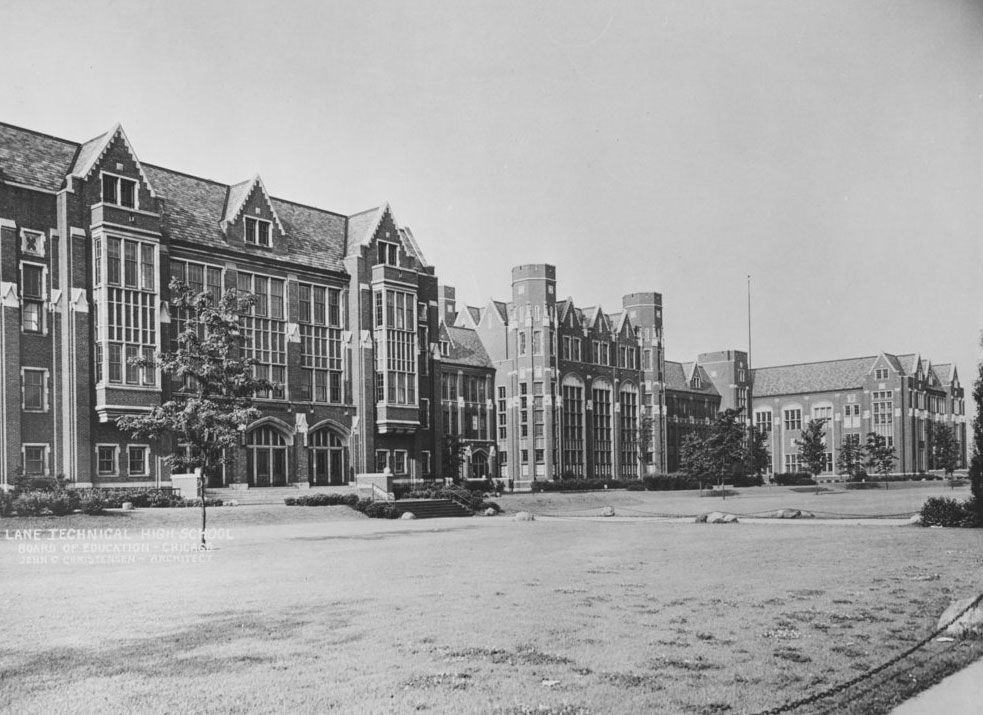
Lane Tech High School, Chicago’s largest public high school, is a testament to W.E. O’Neil’s resilience. Construction halted during the Great Depression, but the team finished the job in 1933—even if payment came in certificates that couldn’t be cashed.
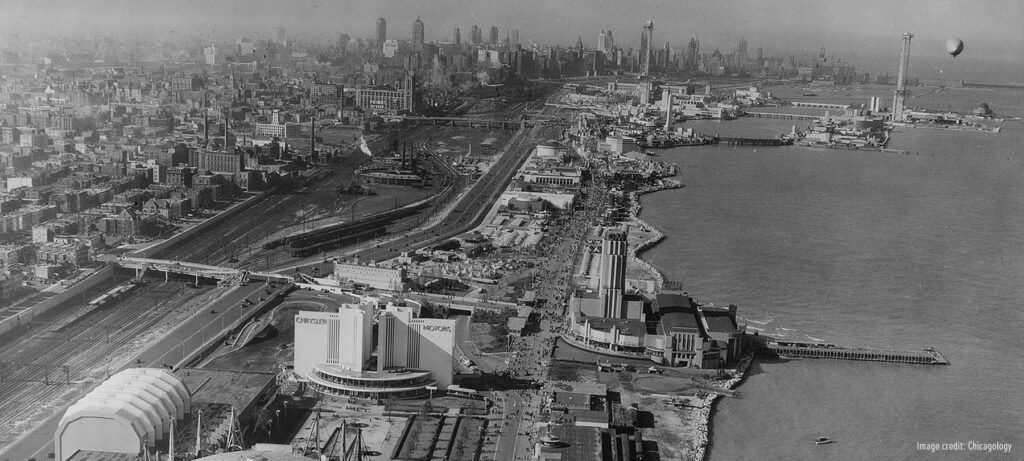

W.E. O’Neil built the iconic Ford Rotunda for Chicago’s Century of Progress Fair. Designed by Albert Kahn, the 10-story art deco landmark drew millions, highlighting Ford’s transportation innovations.
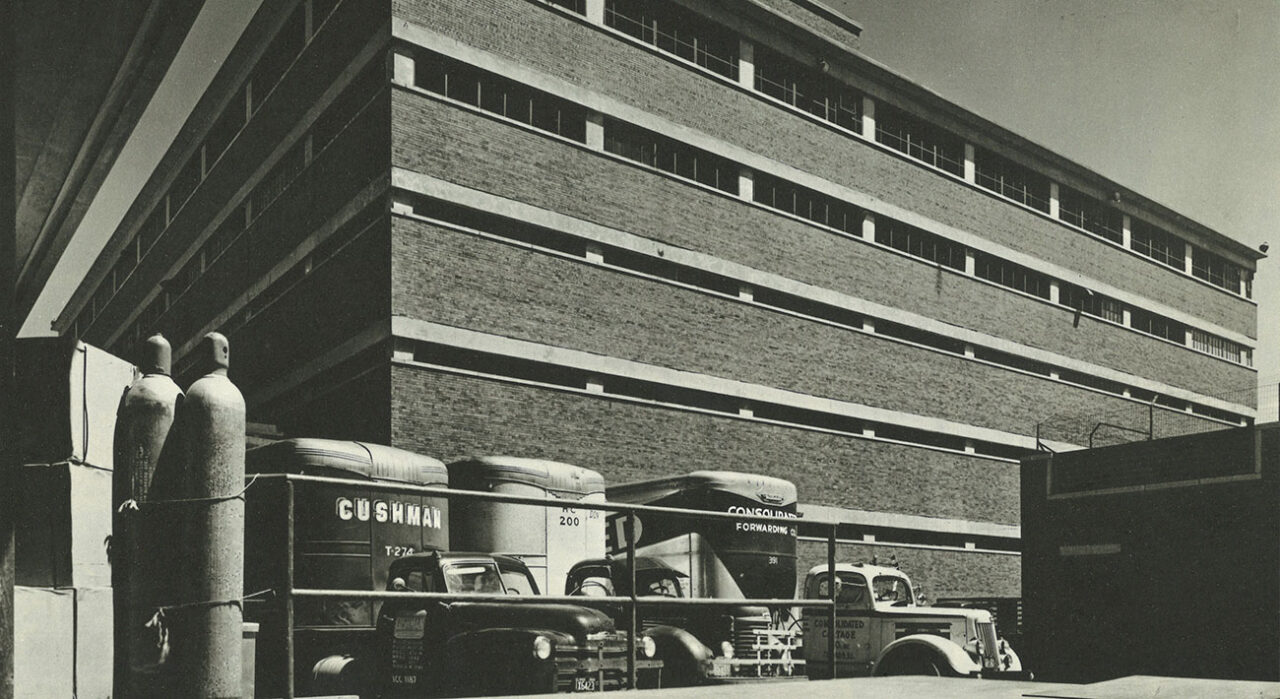
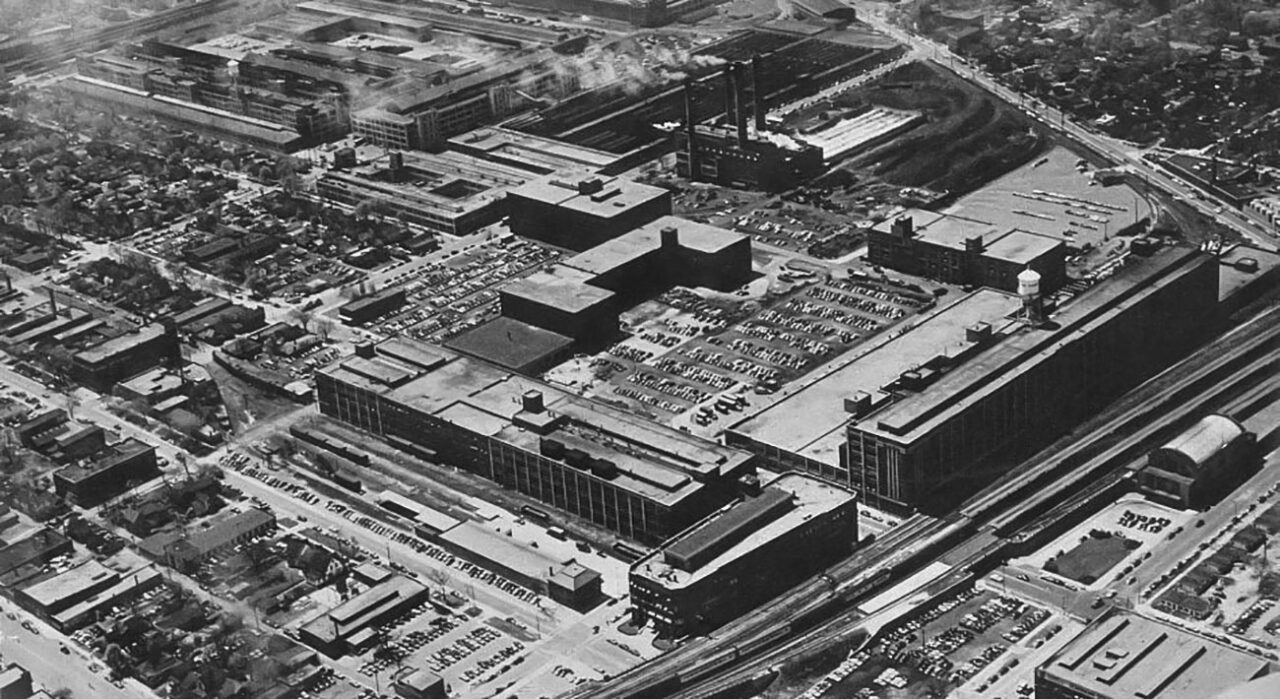
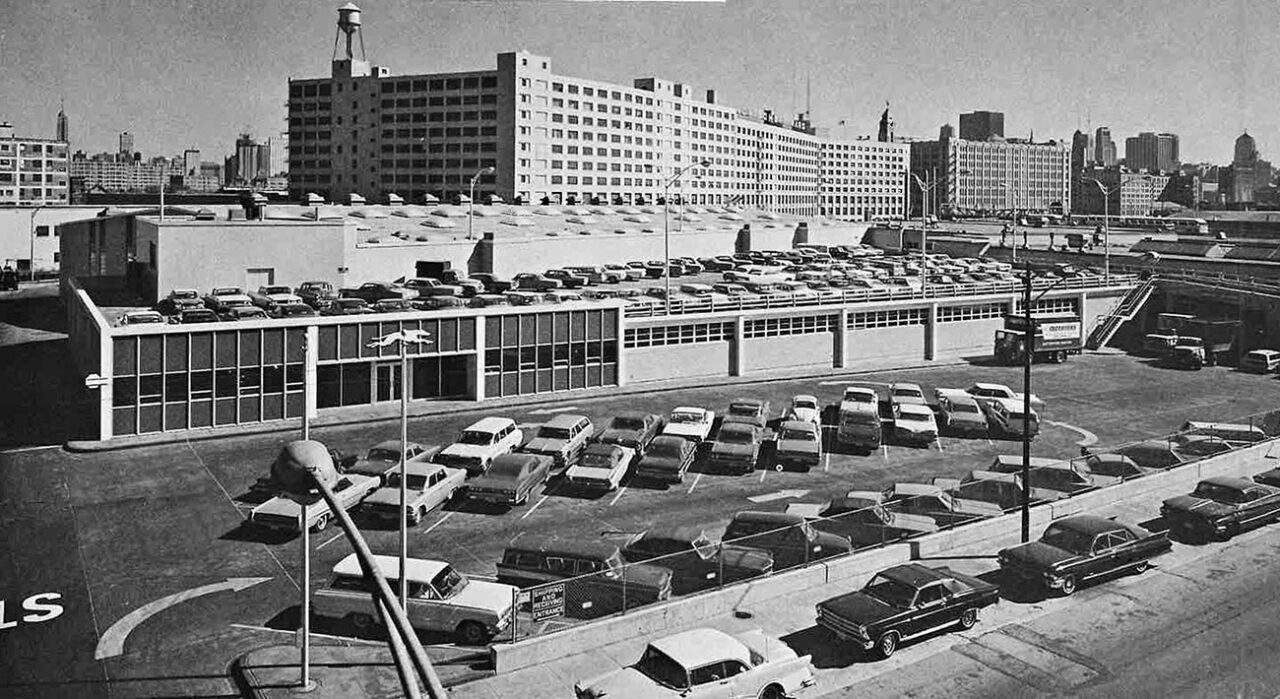
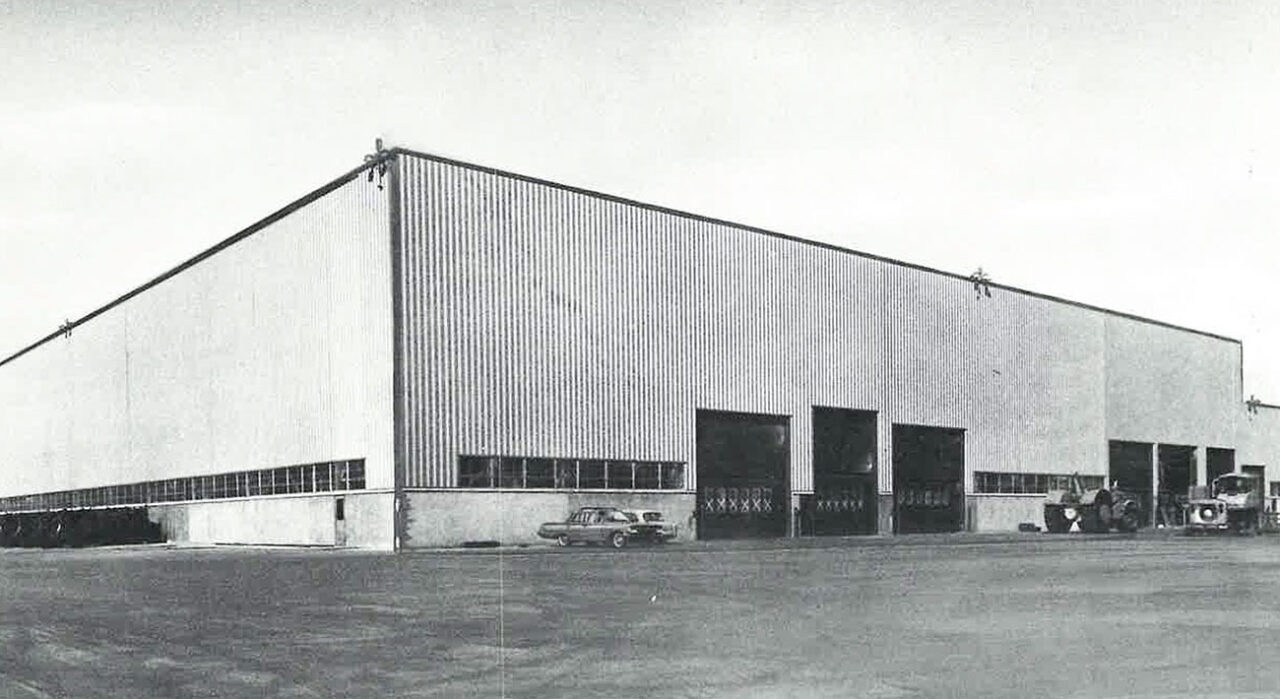
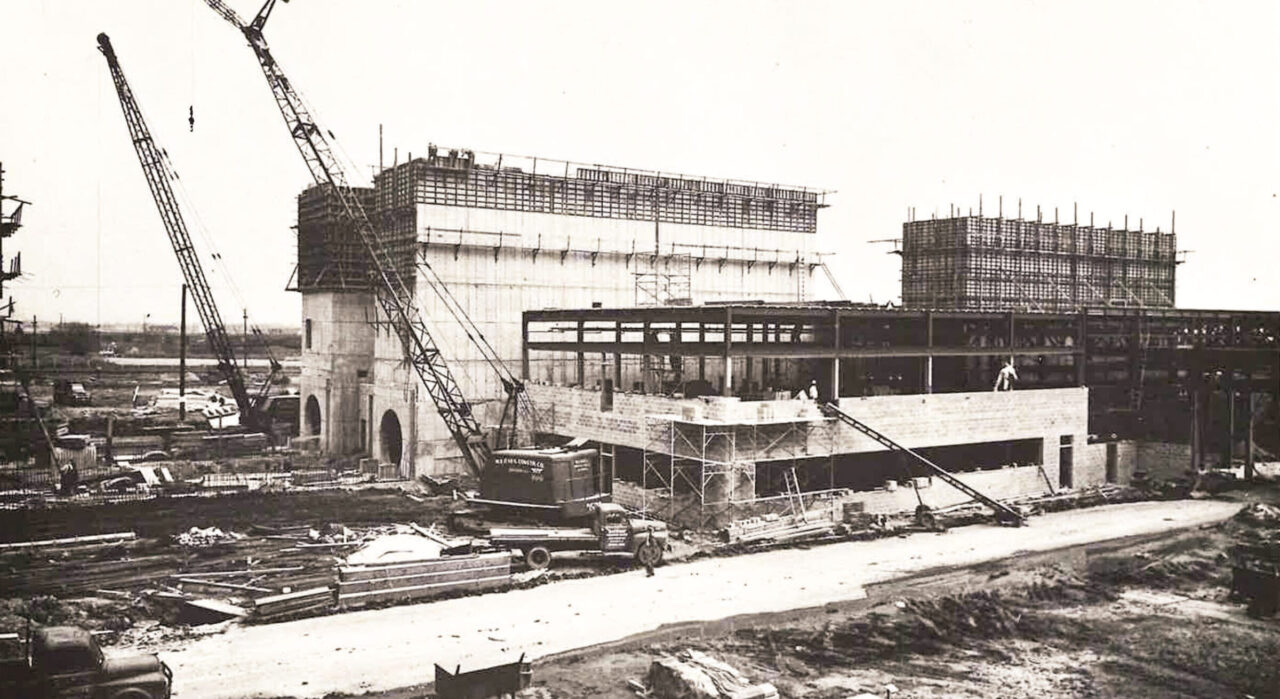
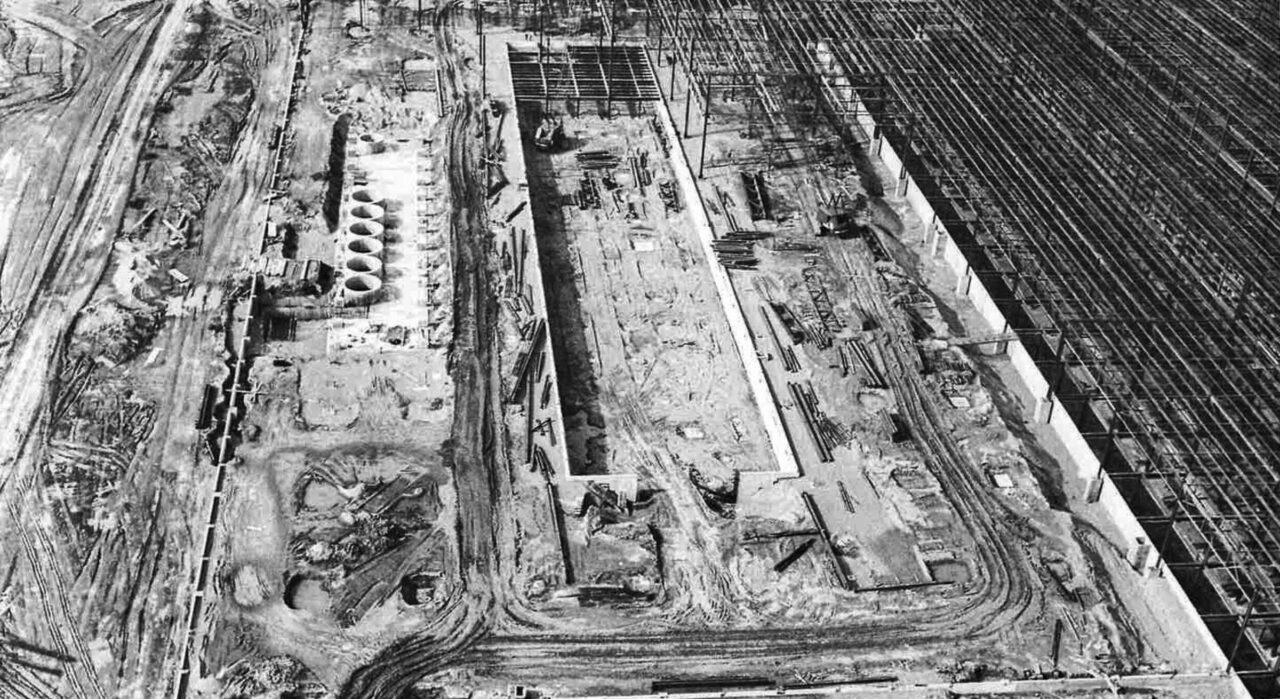
Success at the World’s Fair opened doors to partnerships with major manufacturers like General Motors. W.E. O’Neil’s first large industrial project was GM’s heavy stamping plant in Indianapolis, paving the way for future work with Chrysler, Ford, and Caterpillar.
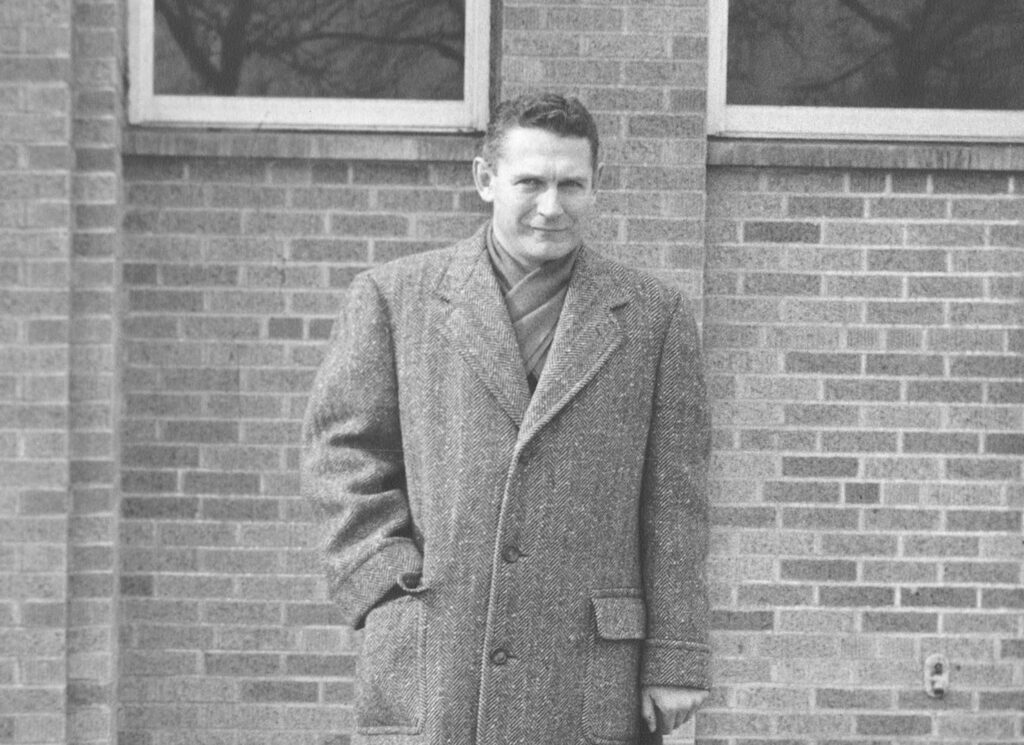
Art O’Neil’s entry into W.E. O’Neil after graduating from Notre Dame marked the start of the company’s second generation. Sharing a desk with his father, William, he learned the business and values of the company.
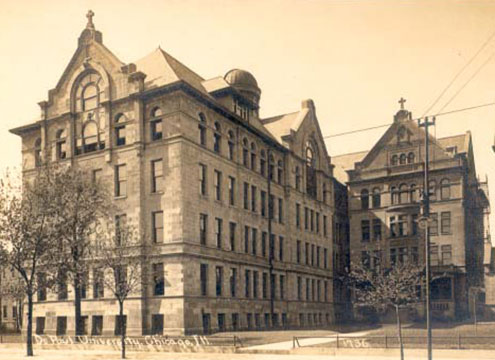
The first DePaul University project marked W.E. O’Neil’s venture into the education sector—a milestone that began a lasting partnership and set the stage for decades of work in higher education.
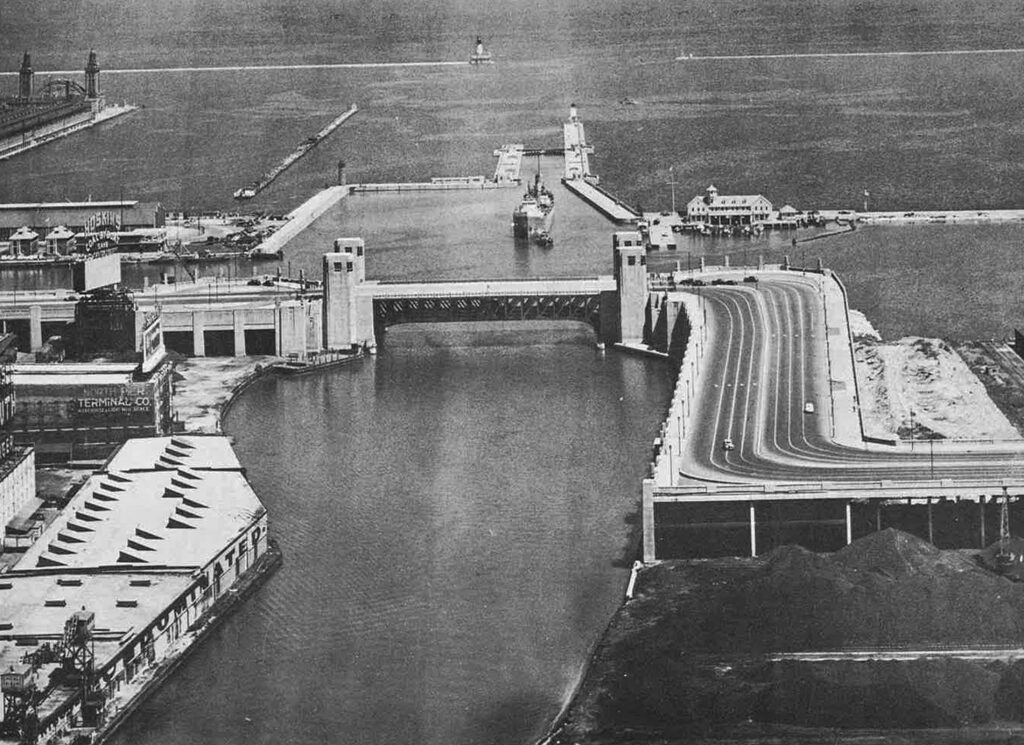
W.E. O’Neil completed the bridge approaches for Outer Drive (now Lake Shore Drive), connecting the city north and south of the Chicago River. Dedicated by President Franklin Roosevelt, the engineering marvel was celebrated by thousands at its grand opening.
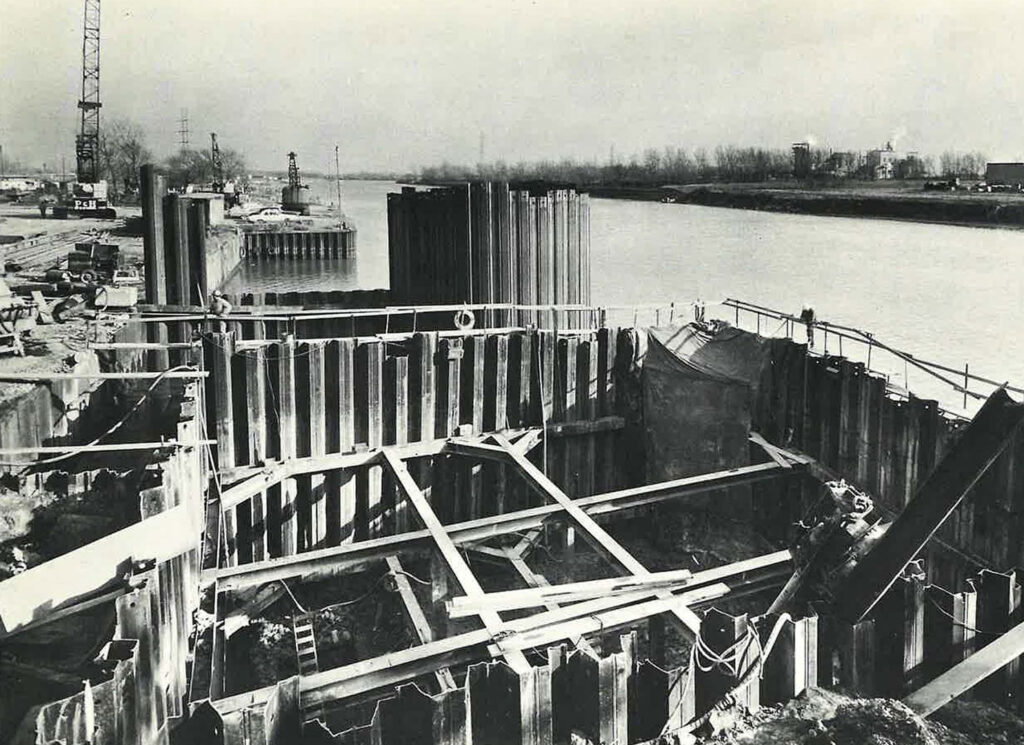
During WWII, W.E. O’Neil took on Army and Navy expansion projects, including work at Great Lakes Naval Station and Fort Sheridan, contributing to critical wartime infrastructure.
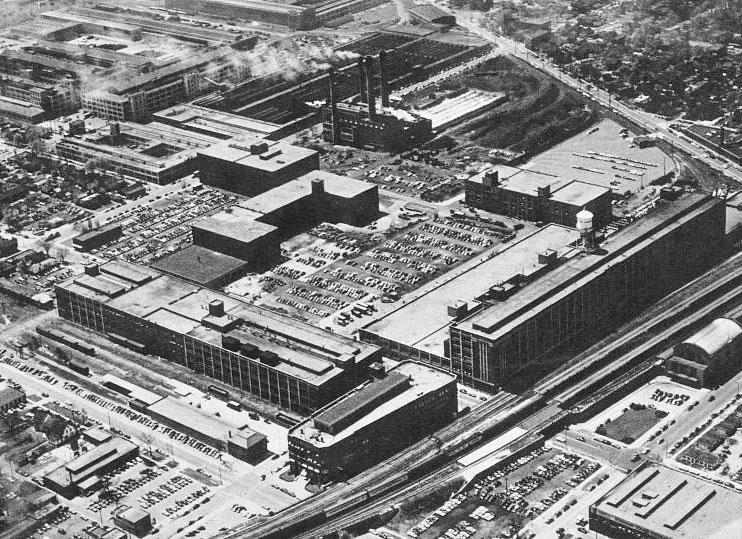
After WWII, W.E. O’Neil focused on heavy industrial projects, working with major clients like Jones & Laughlin Steel.
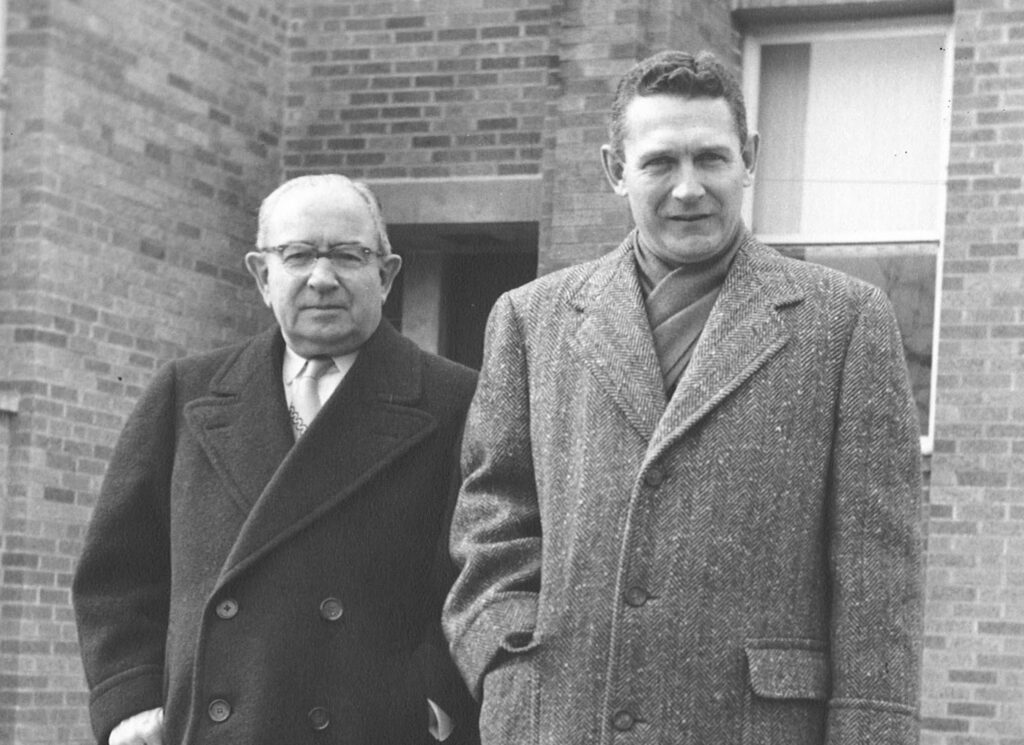
William Edward O’Neil introduced the “Rule of Thirds” profit-sharing principle: one-third for the company, one-third for employees, and one-third for taxes—a simple yet impactful approach to fairness and sustainability.
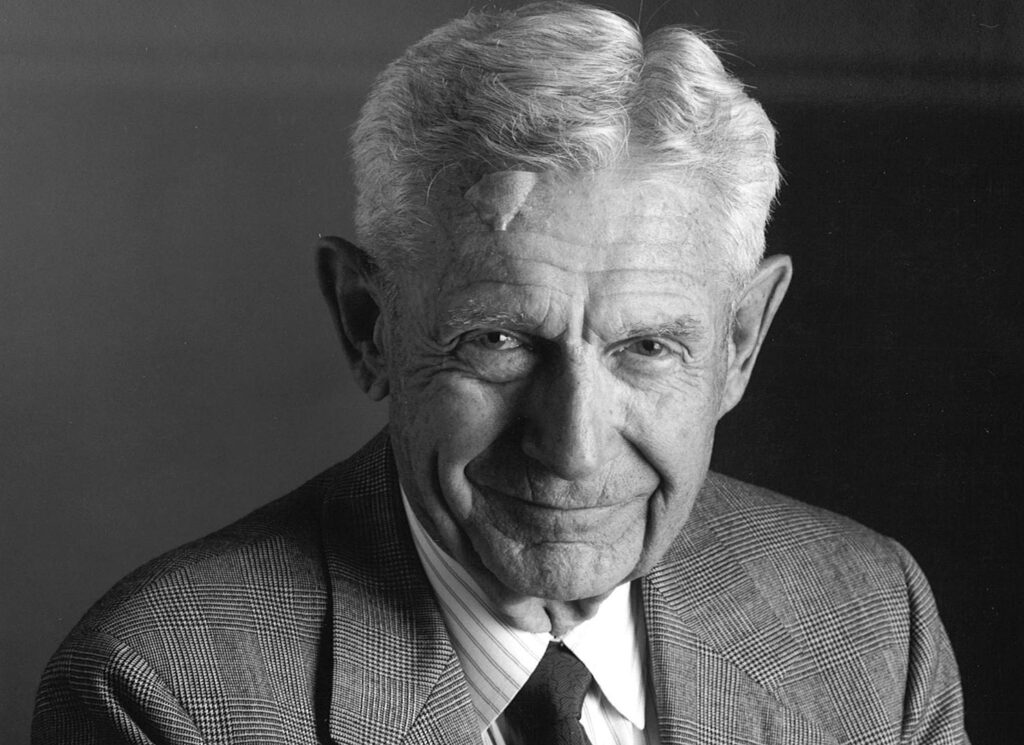
Art O’Neil’s appointment as president of the company marked the transition to second-generation leadership, solidifying W.E. O’Neil as a multi-generational family business.

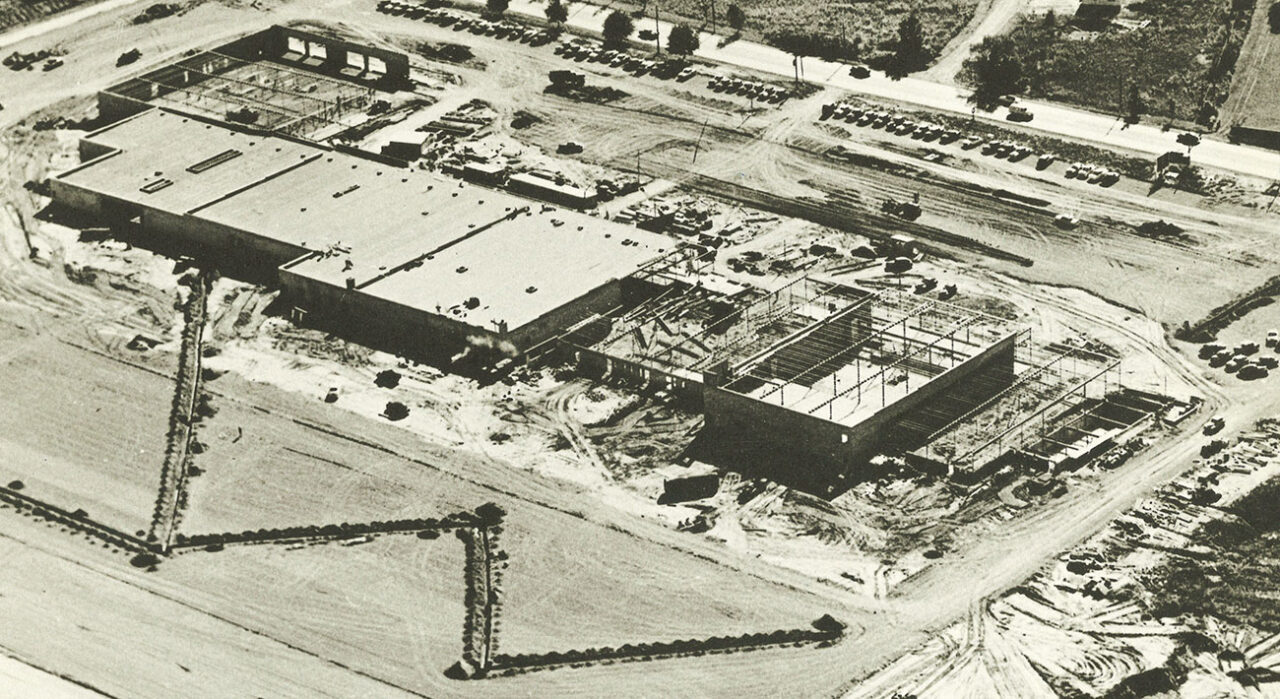
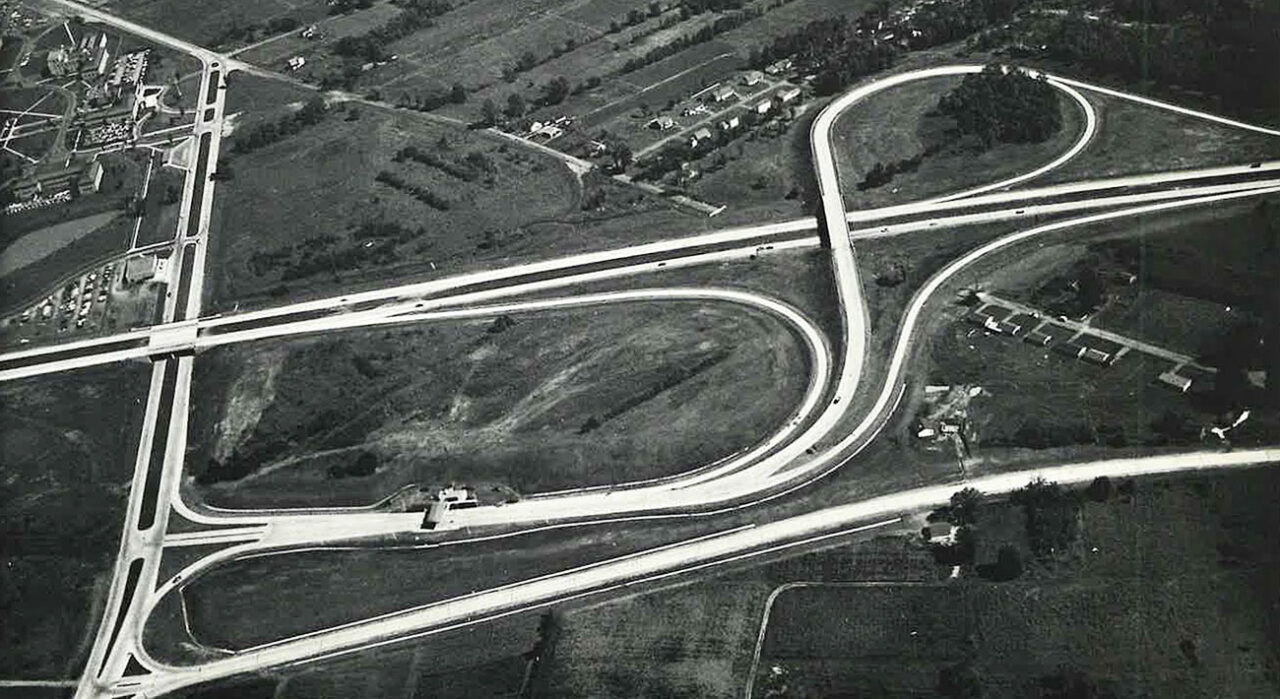
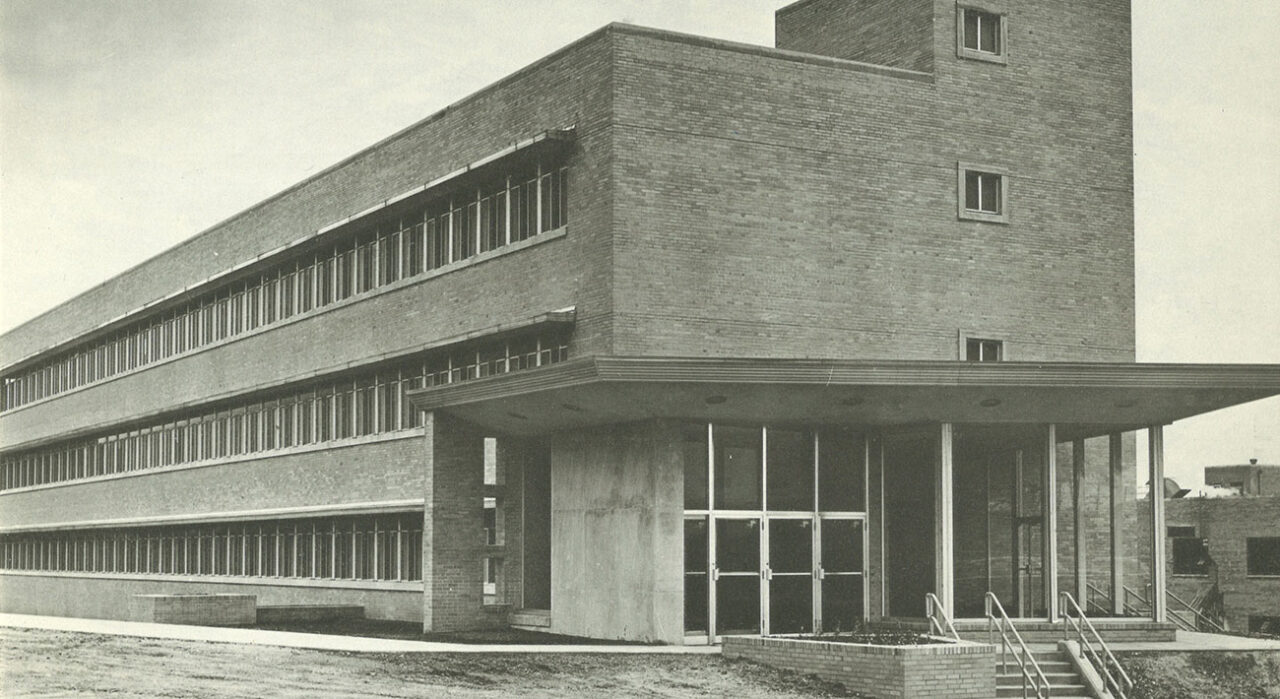
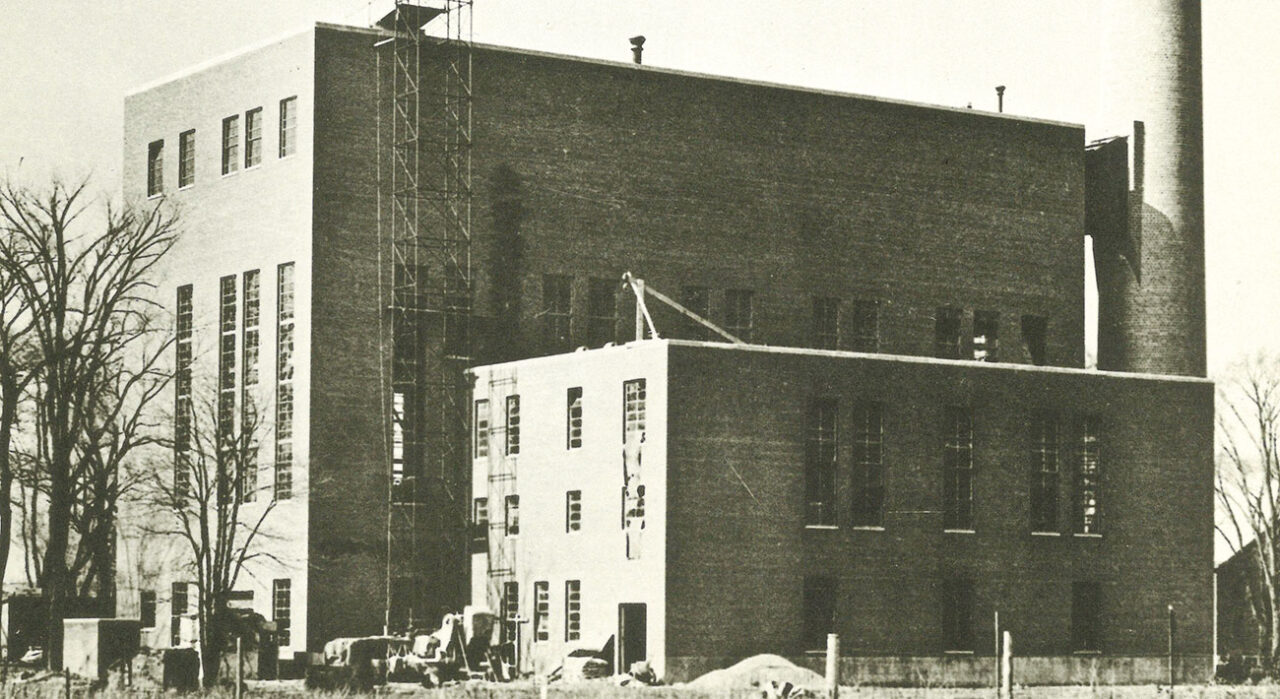
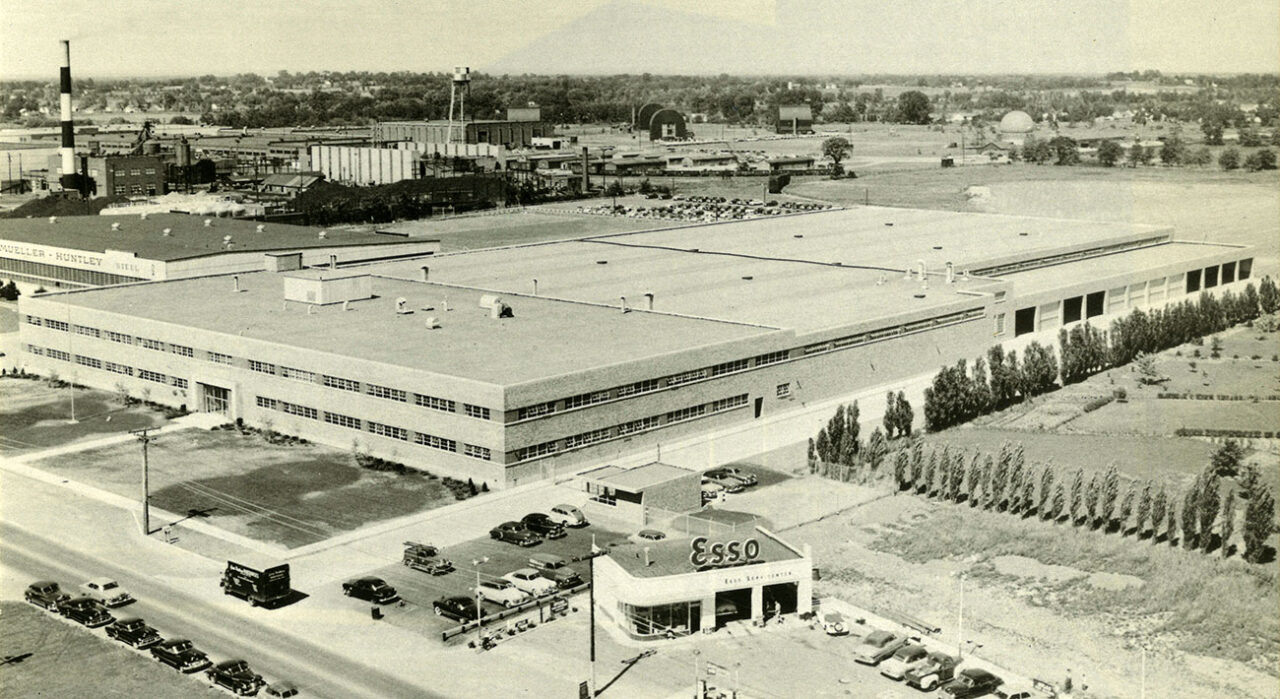
W.E. O’Neil opened its first office outside Chicago in Syracuse, NY, to support projects such as the Onondaga County War Memorial and interstate highway expansions in New York, Illinois, and Indiana. The War Memorial is an early and sophisticated example of a single-span, thin-shell concrete roof structure and was listed on the National Register of Historic Places in 1988. It served as the home of the Syracuse Nationals, hosting the NBA All-Star Game and multiple NBA Finals games during the 50s and 60s.
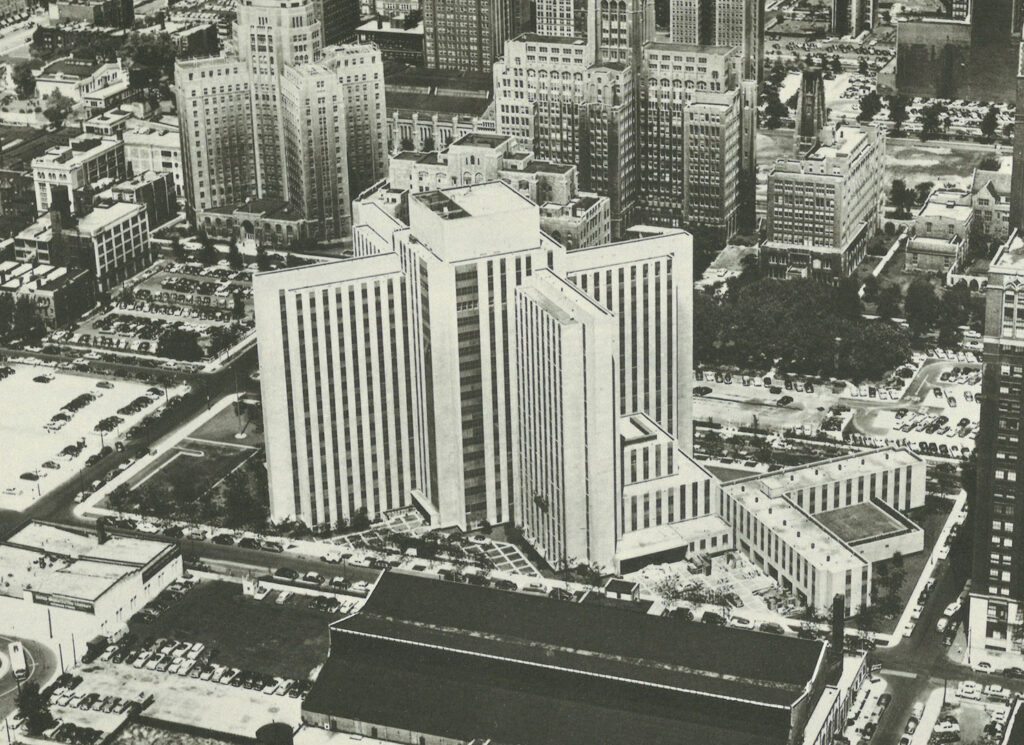
W.E. O’Neil made its mark on major public works projects, including the State Office Building in Springfield and the Veterans Hospital in Chicago. At $12.5 million—equivalent to $100 million today—this was the company’s largest contract to date, a testament to its growing reputation.
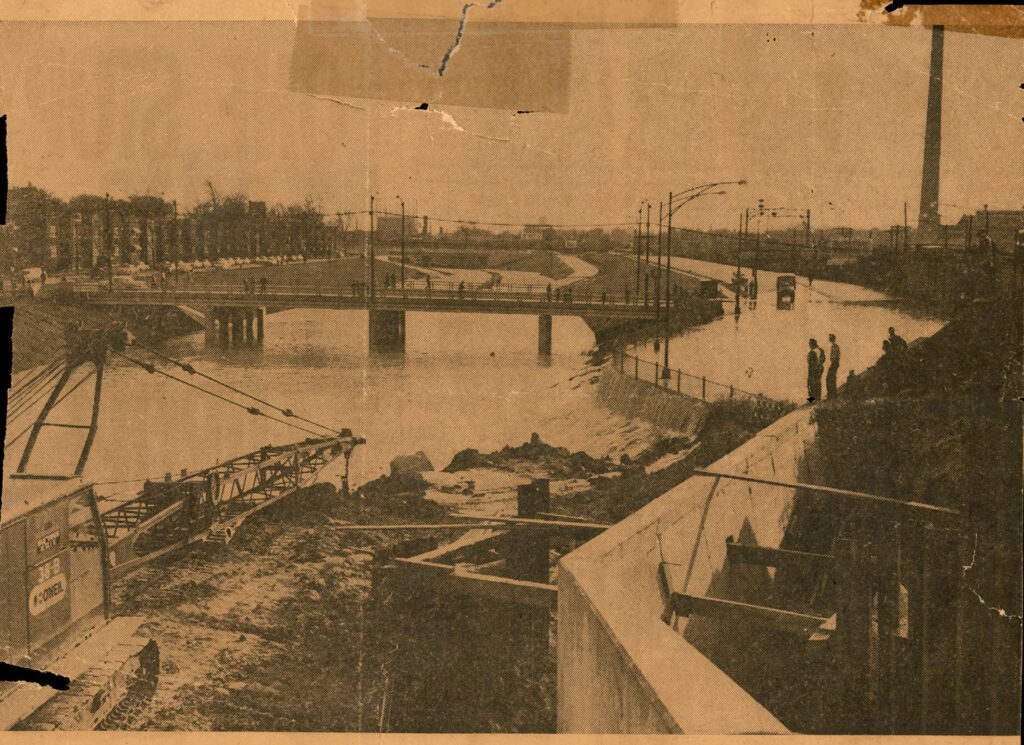
An unprecedented flood season in Illinois and overextension into road construction led to significant financial losses. To keep the company afloat, W.E. O’Neil sold off nearly everything, with Art O’Neil even selling his own house to pay off loans.
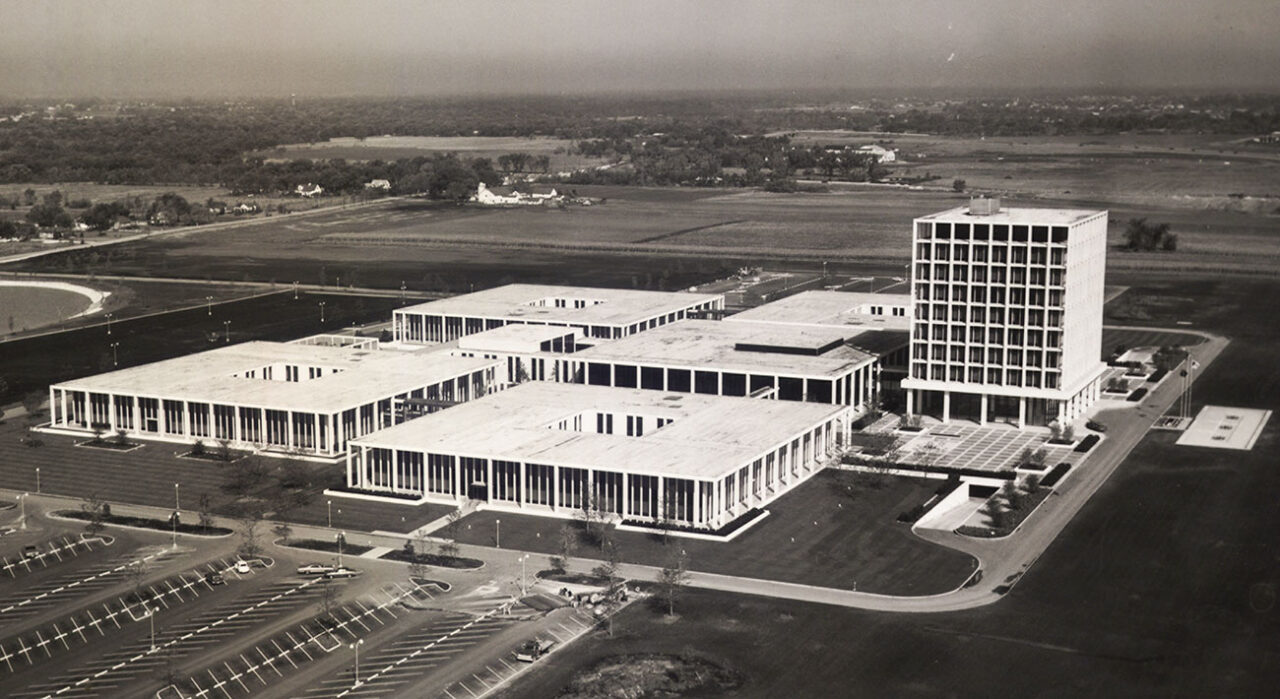
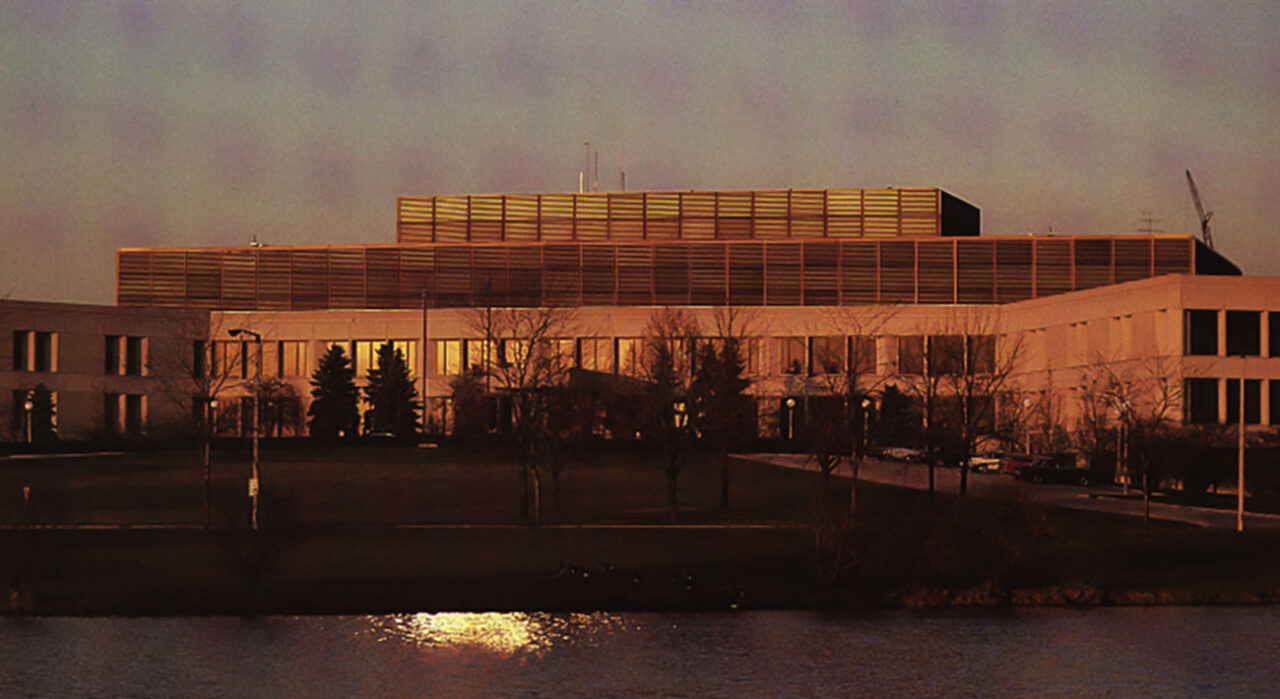
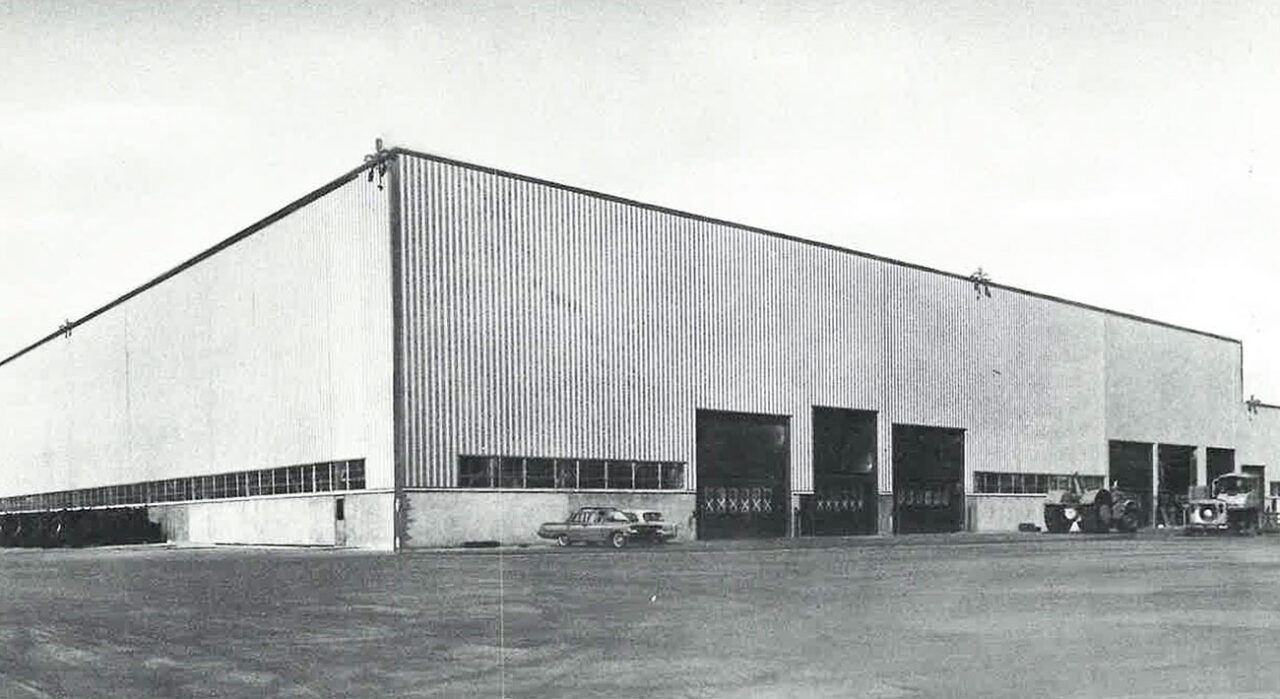
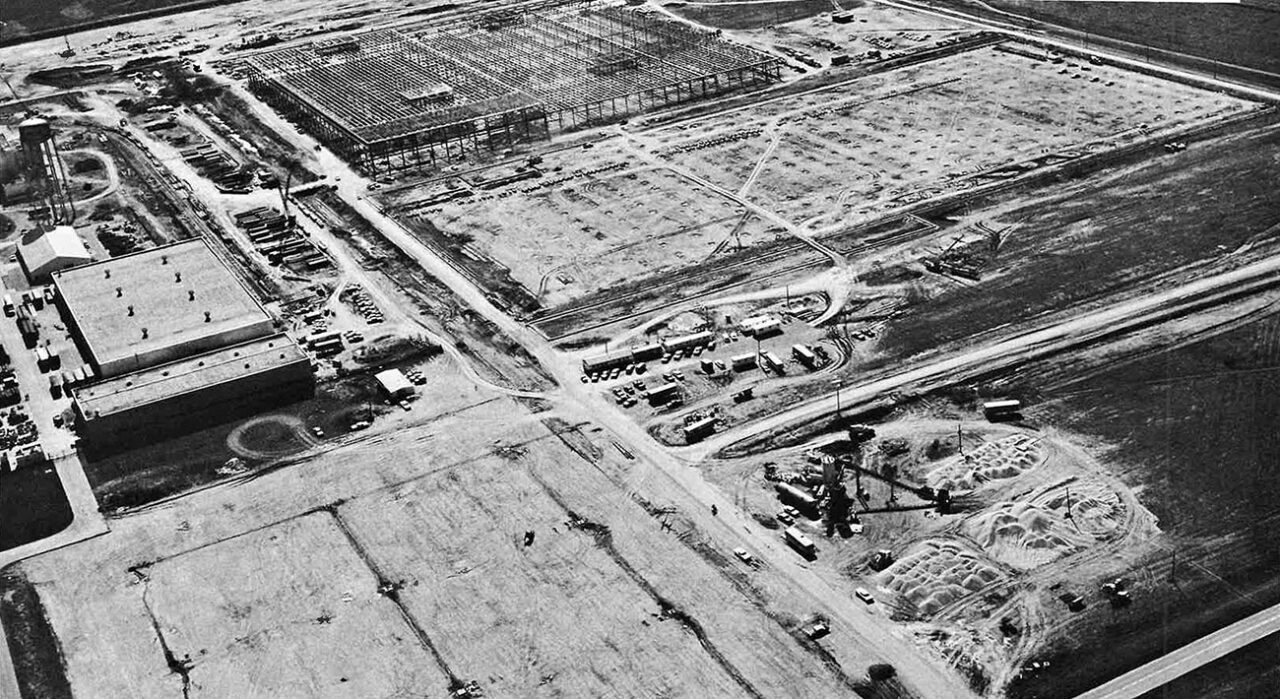

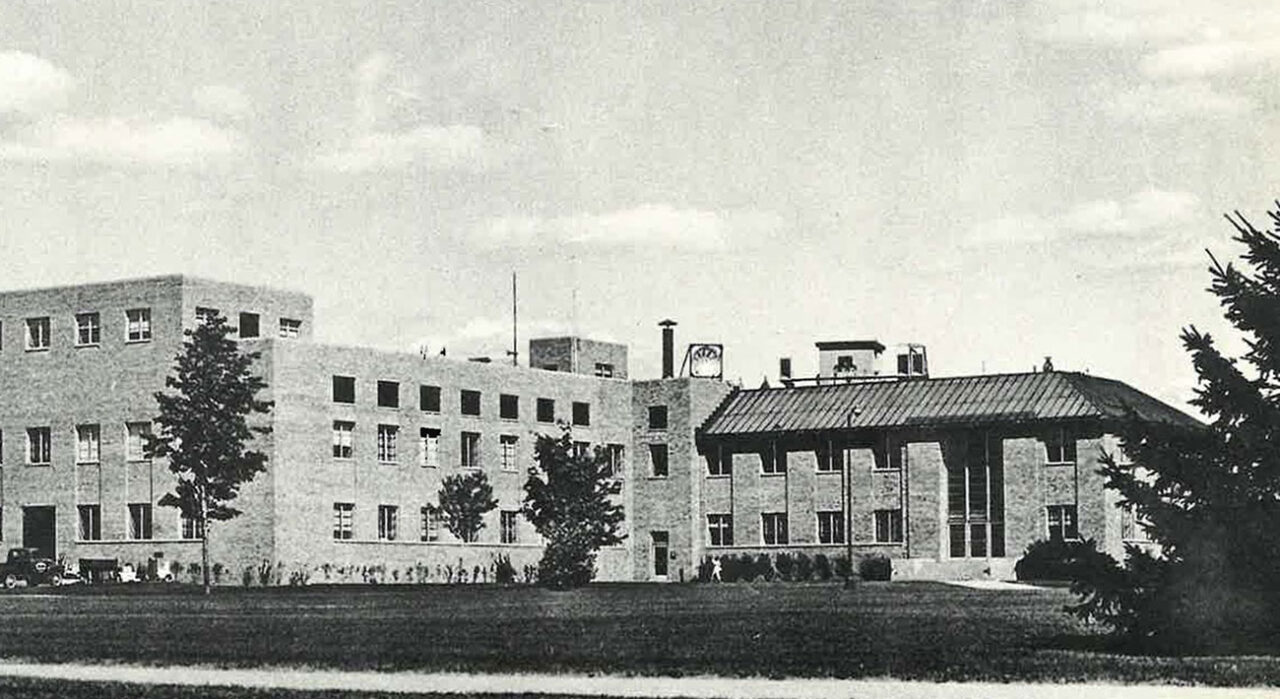
W.E. O’Neil shifted its focus back to vertical construction and larger clients, delivering headquarters for major Fortune 500 companies, including Allstate, Kemper, Zenith, Caterpillar, and John Deere.
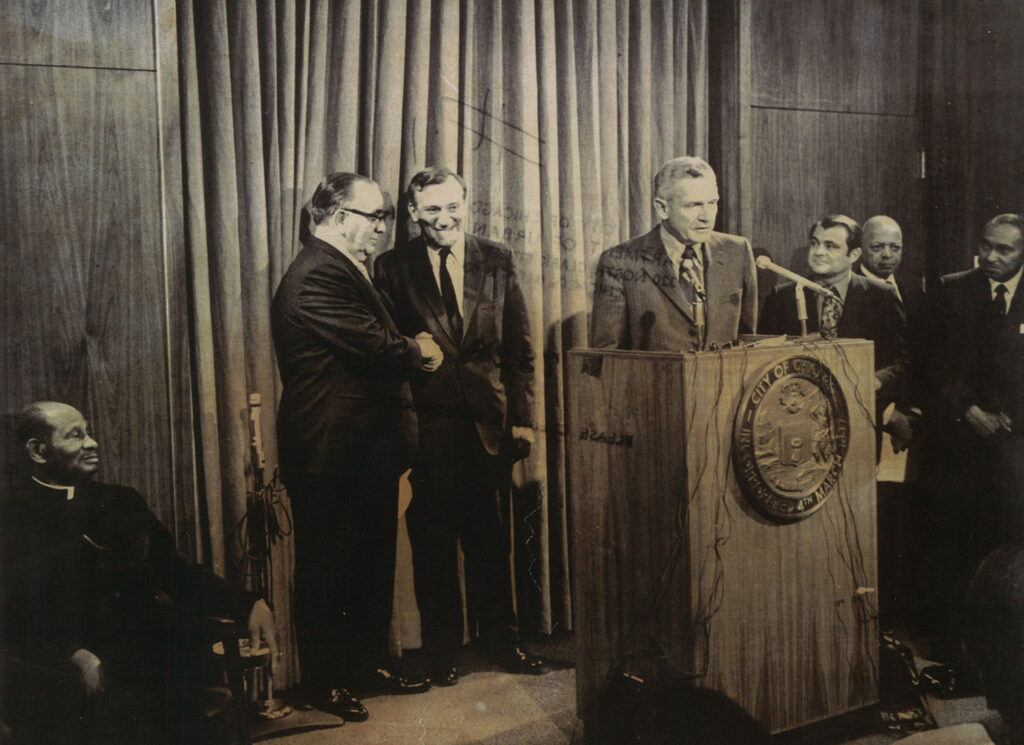
Art O’Neil served as president of the Builders’ Association of Chicago, representing 170 general contractors and subcontractors. He also played a pivotal role as Vice Chairman of The Chicago Plan, advocating for the integration of minorities into the trades.
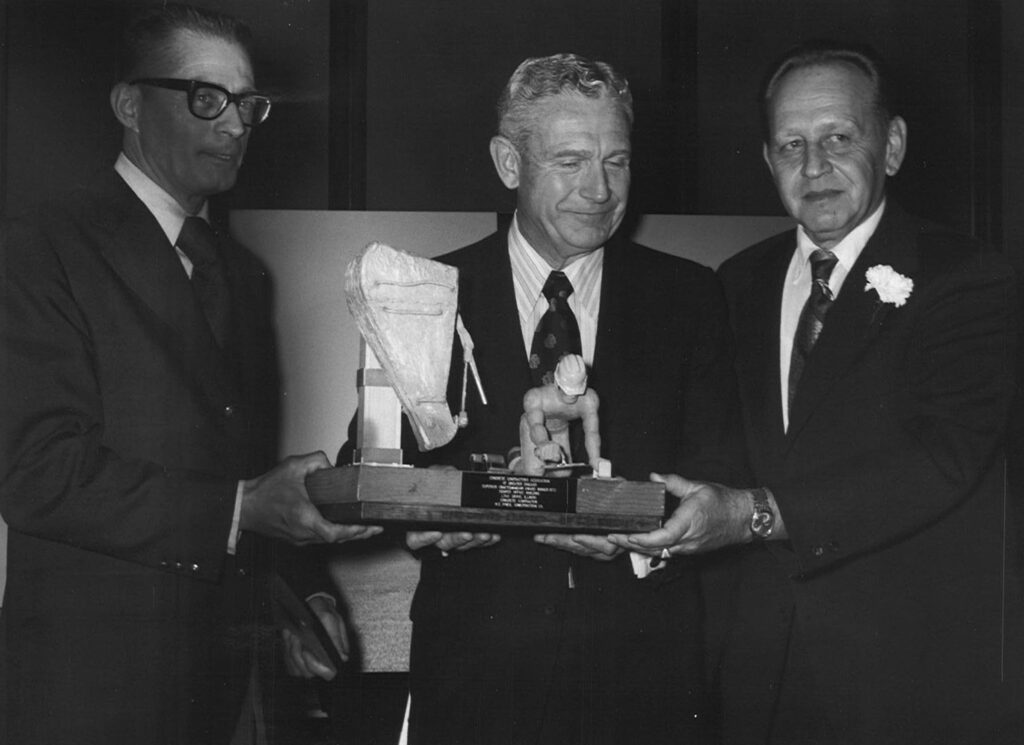
Art O’Neil funded a chair in business ethics and communications at Notre Dame and published a Corporate Code of Ethics alongside a Statement of Corporate Purpose. These documents expressed “the commitment of management and employees to a spirit of mutual respect” and laid the groundwork for W.E. O’Neil’s culture of integrity. Today, the company continues to honor these values.
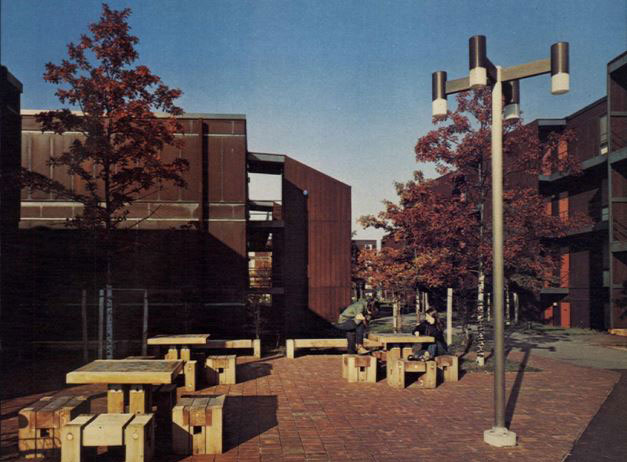
W.E. O’Neil embraced industrialized building systems to create affordable housing for low-income communities. Partnering with French engineer Paul Depondt, the team developed a streamlined pre-cast construction method, completing 500 high-rise units in Chicago and 300 low-rise units in Rochester, NY.
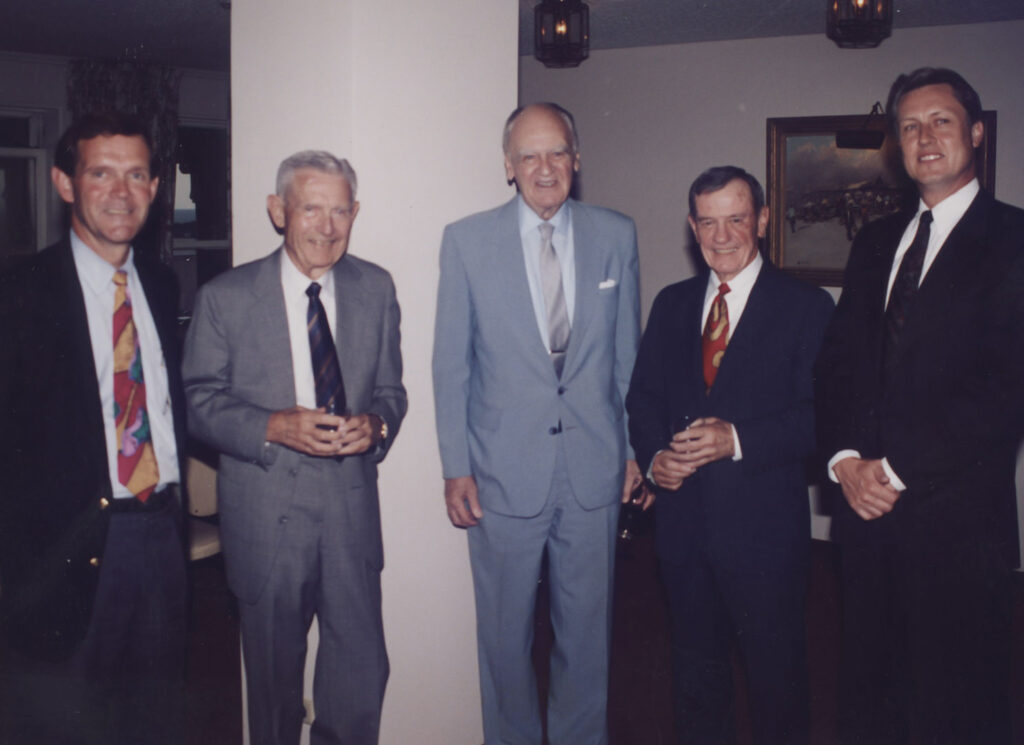
Joe Rotunno (second from the right) becomes president of the company, and Art moves to chairman of the board.
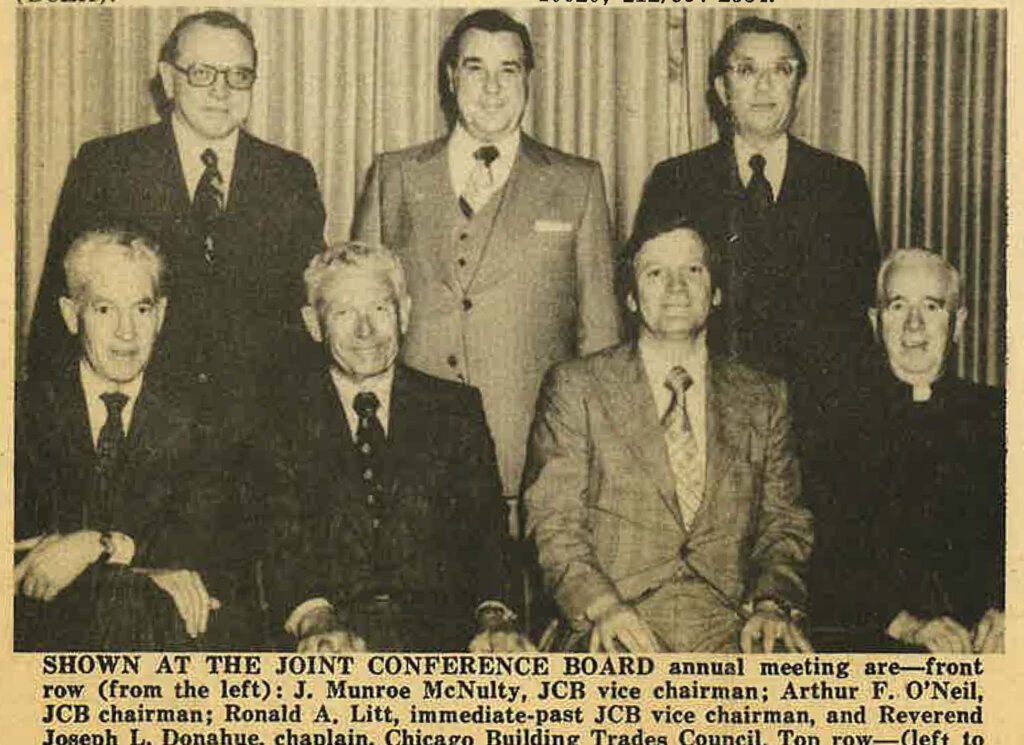
Art is honored by the Chicago Commission for his efforts to create job opportunities for minorities in the skilled construction trades.
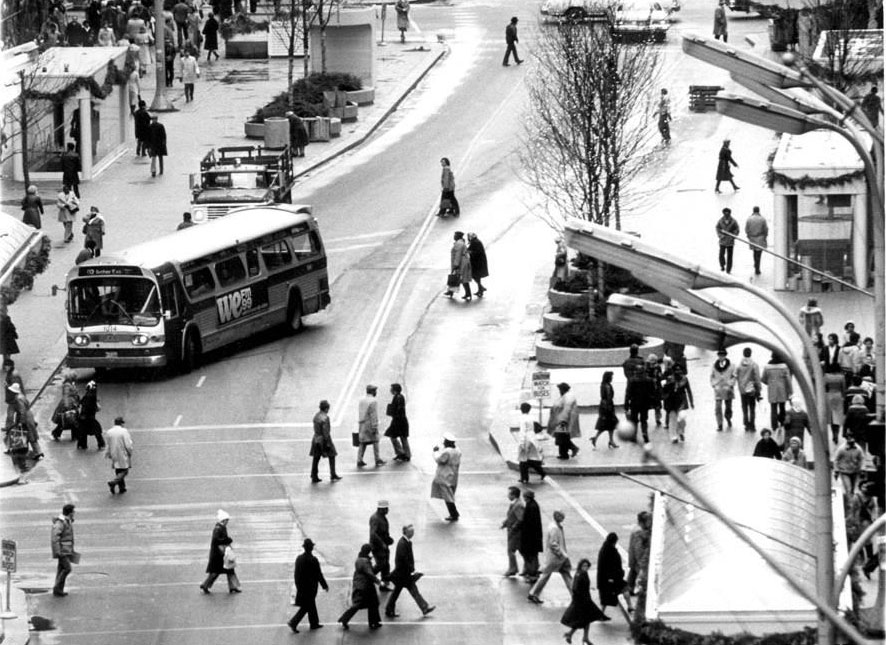
W.E. O’Neil completes the reconstruction of State Street in Chicago, from the river to Congress Street (now Ida B. Wells Drive).
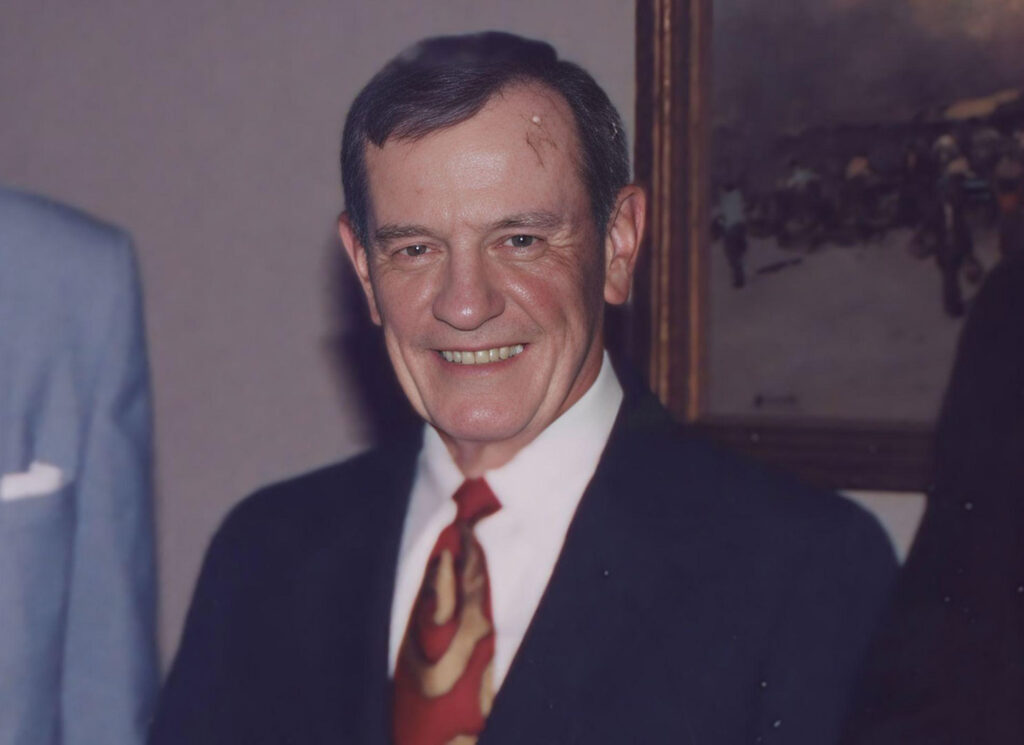
In the early 80s, as the O’Neil family embraced expansion, they established the company’s first CEO position to oversee growth and formalize its corporate structure. Joe Rotunno stepped into this role, becoming W.E. O’Neil’s first CEO.
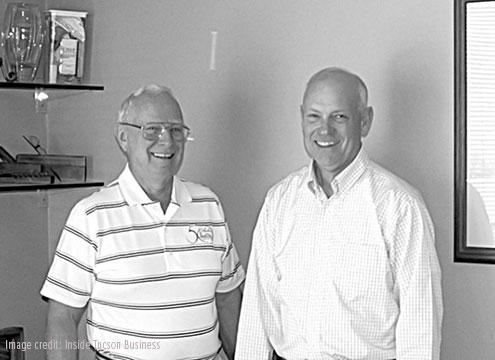
Arizona office opens with Tom Roof at the helm. The first major project was the Williams Center Office Building in Tucson.
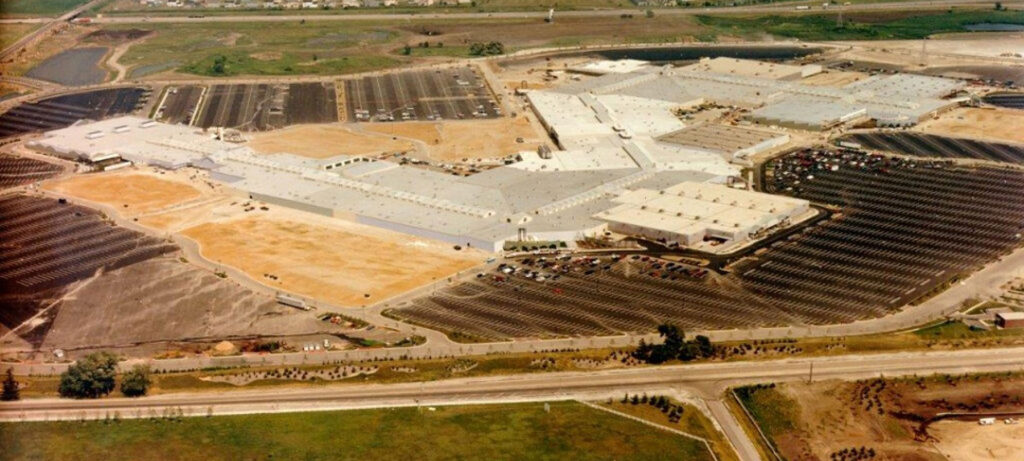
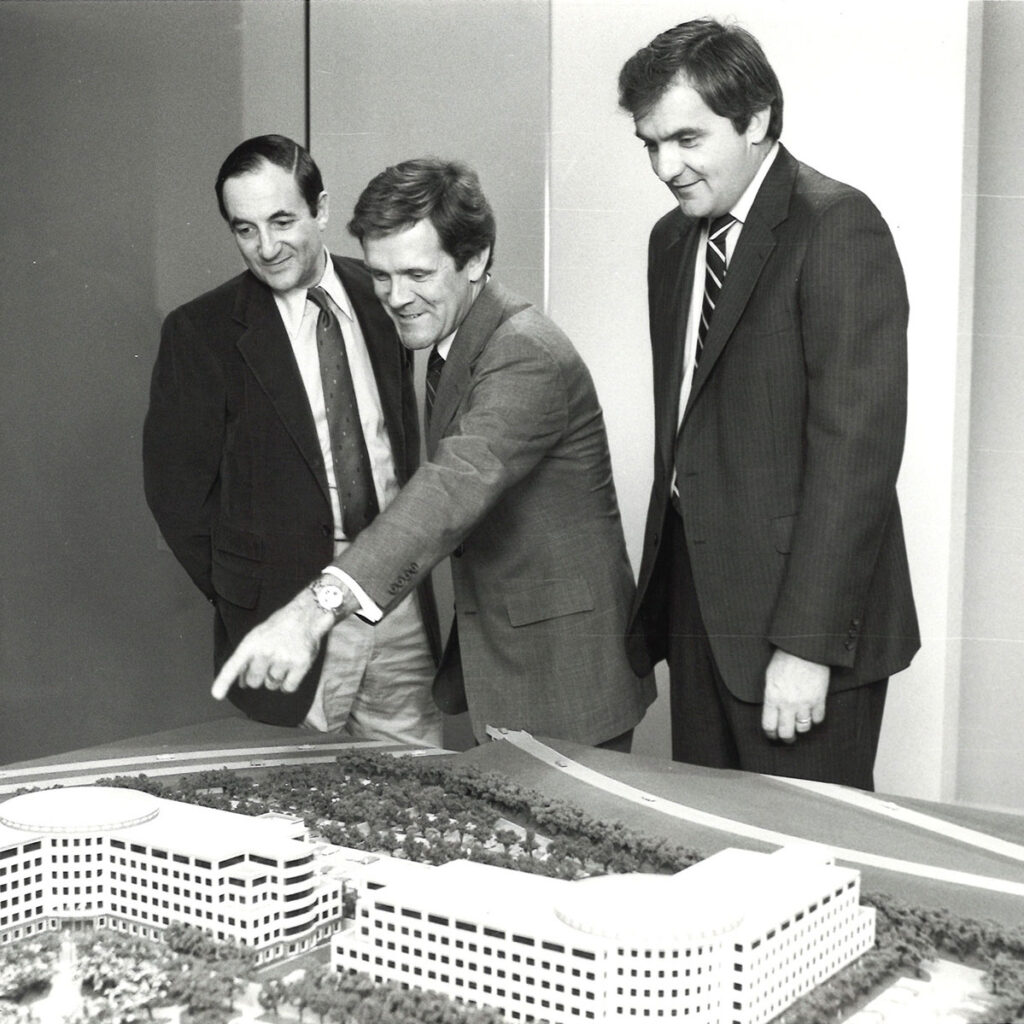
Bill O’Neil, grandson of W.E. O’Neil, becomes CEO. Mike Faron succeeds him as president of the Chicago office.
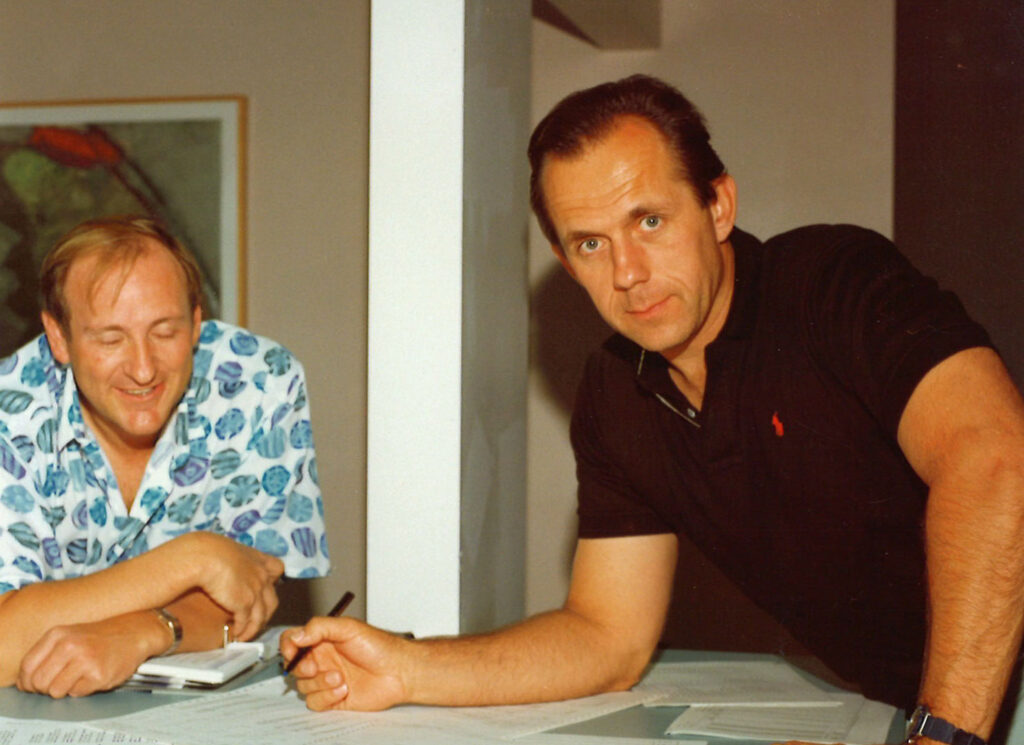
Rich Erickson established W.E. O’Neil’s first California office in Los Angeles, launching with the Aviation Center—a 75,000 SF, three-story commercial office building still standing in Manhattan Beach. The California office quickly earned a strong reputation through aerospace and defense work, building off experience for Northrop Grumman. This milestone project paved the way for hundreds of aerospace projects to come.
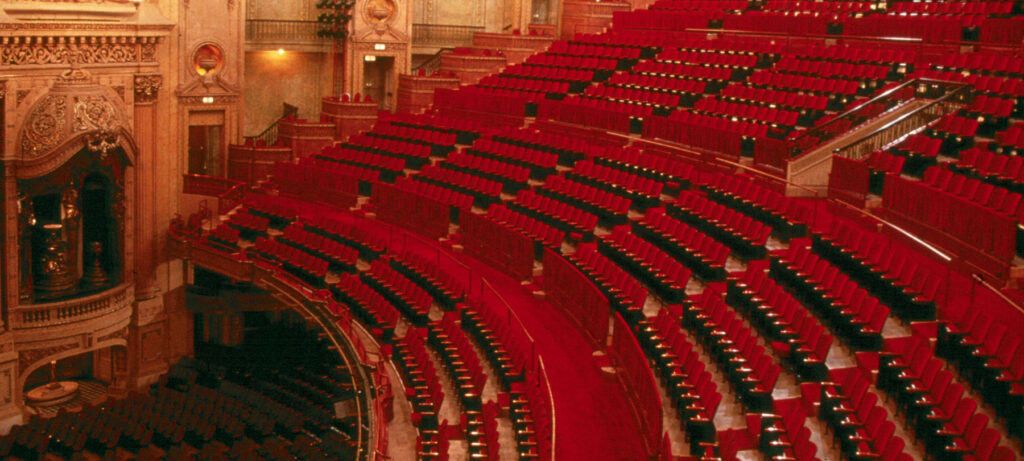
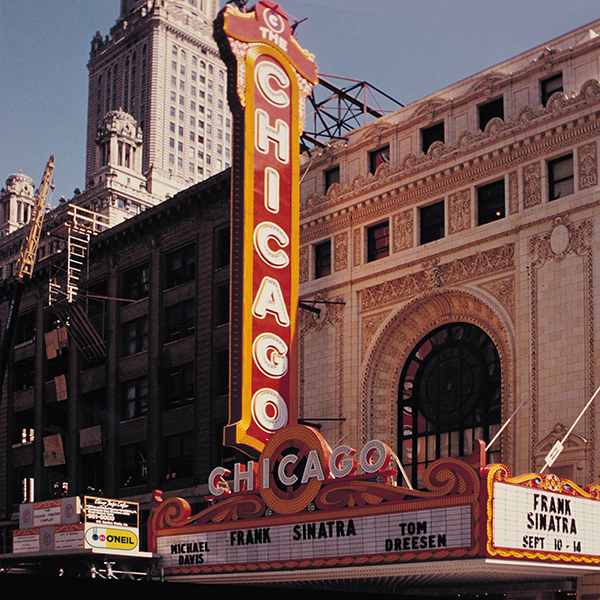
By the 1980s, the Chicago Theatre had fallen into disrepair, but W.E. O’Neil restored it to its 1930s grandeur, uncovering hidden details and expanding capacity to 3,600 seats. The theatre reopened in 1986 with a Frank Sinatra performance, where Sinatra called for a standing ovation for the contractor.

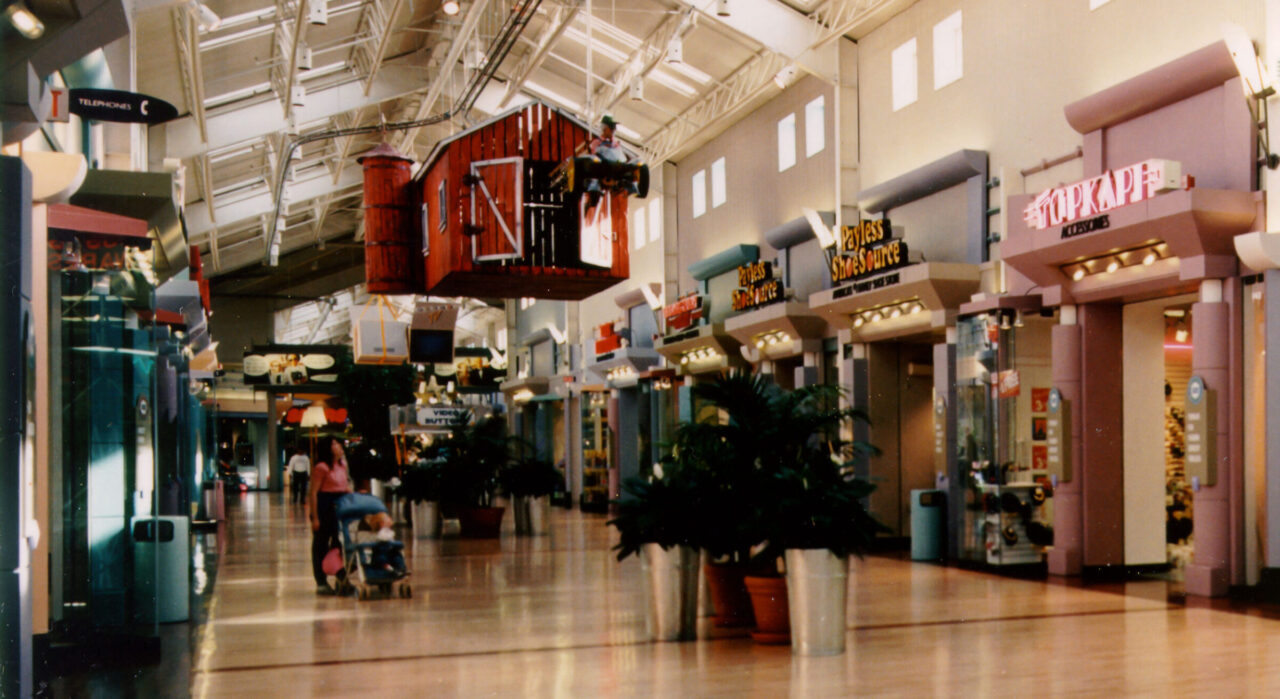
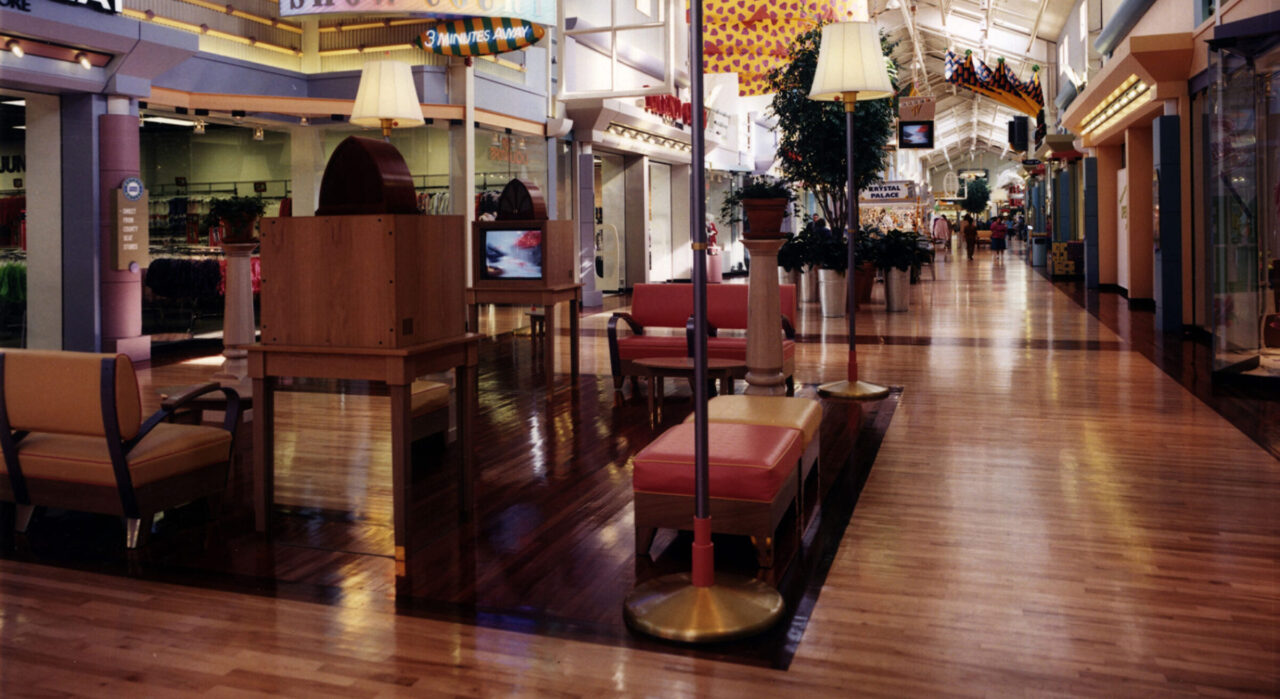
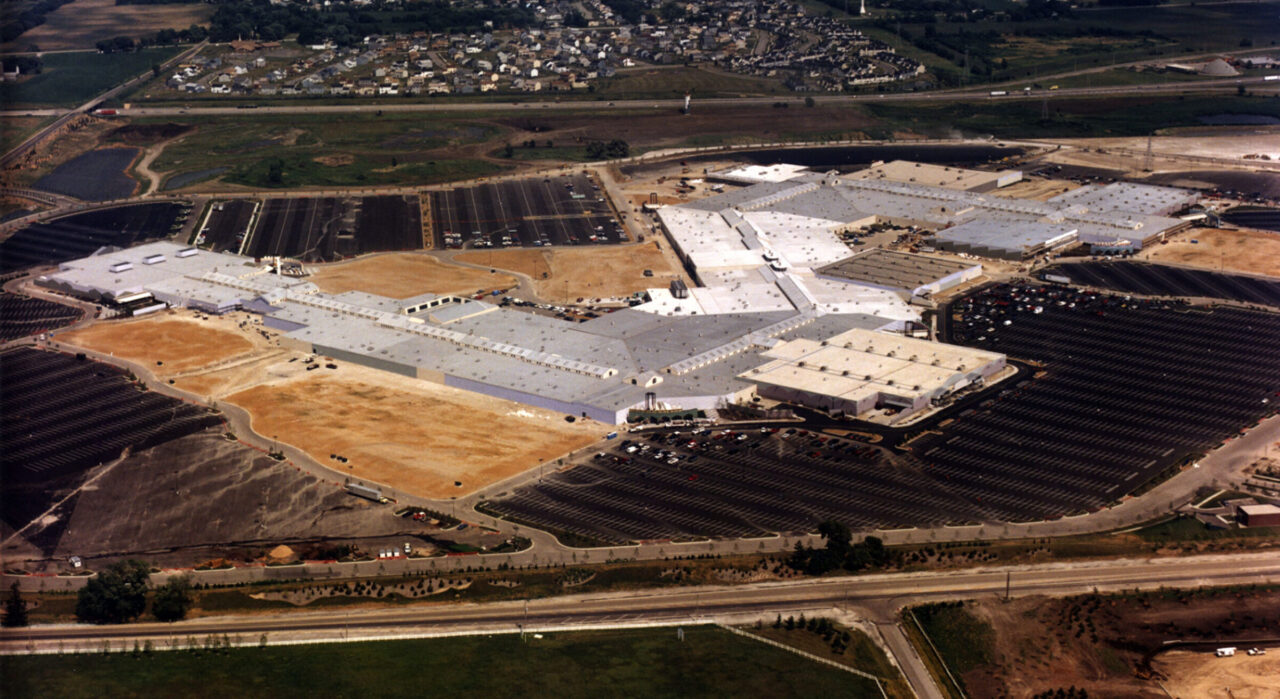
W.E. O’Neil’s work on Gurnee Mills Shopping Mall marked its entry into large-scale mega-projects and showcased its capabilities in the retail sector. Major tenants like Bass Pro Shop, Macy’s, and Nordstrom not only occupied the mall but also became long-term clients, leading to national business opportunities and strengthening W.E. O’Neil’s reputation in the industry. This success also enabled the company to attend the National Retail Conference, forging connections with other leading national retailers.
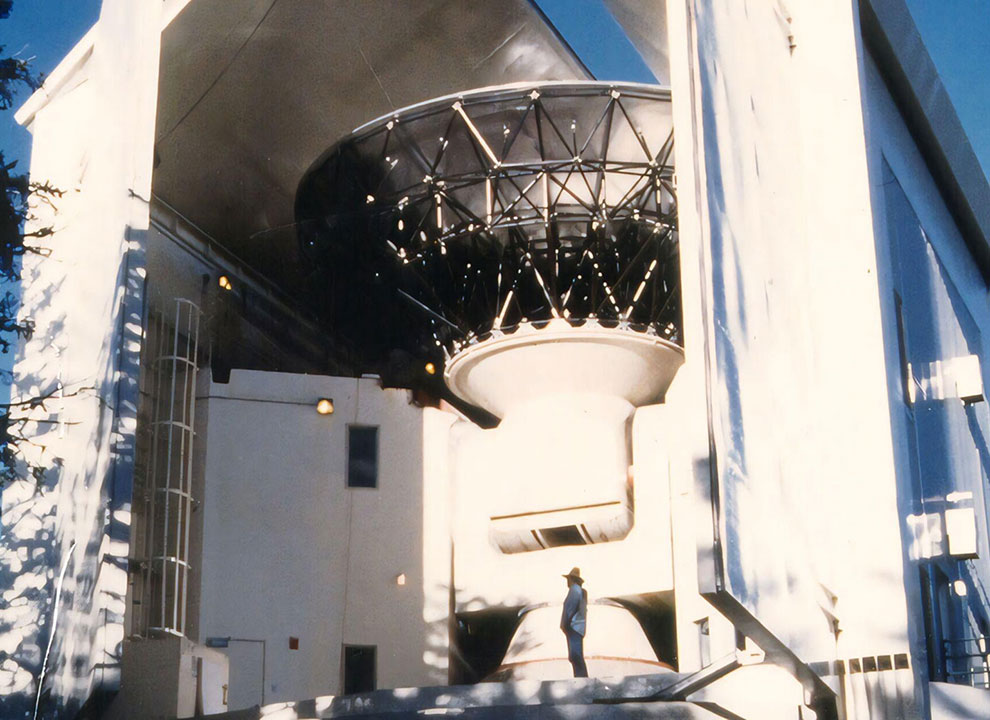
The Submillimeter Telescope, one of the largest in the U.S., is completed at Mt. Graham. Built for the University of Arizona at 10,500 feet, the remote and rugged site demanded exceptional logistics and precision, marking one of W.E. O’Neil’s most challenging and rewarding builds and a milestone for the Arizona office.
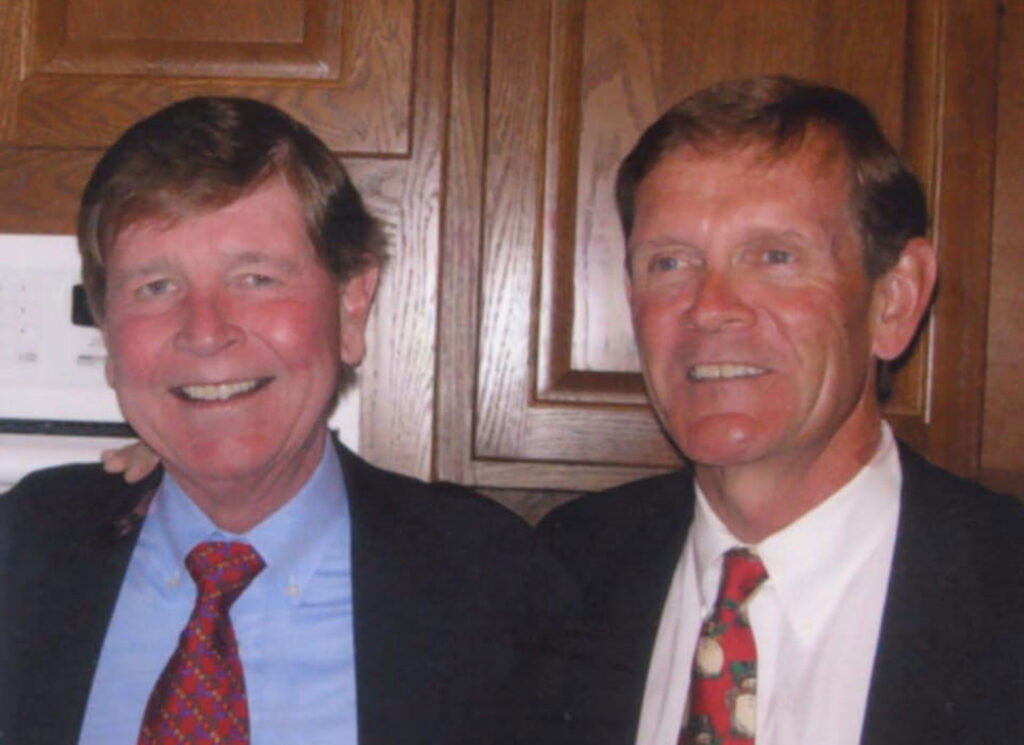
W.E. O’Neil establishes the Employee Stock Ownership Plan (ESOP), reinforcing the company’s commitment to shared success and empowering employees.
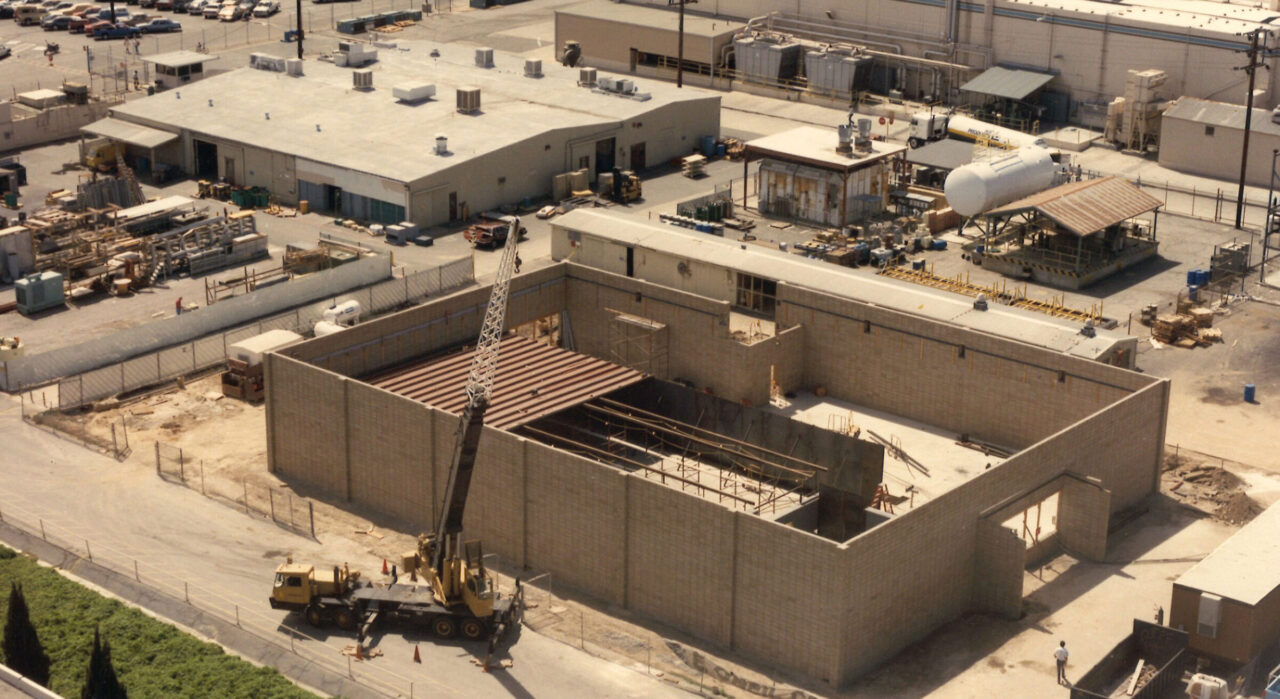
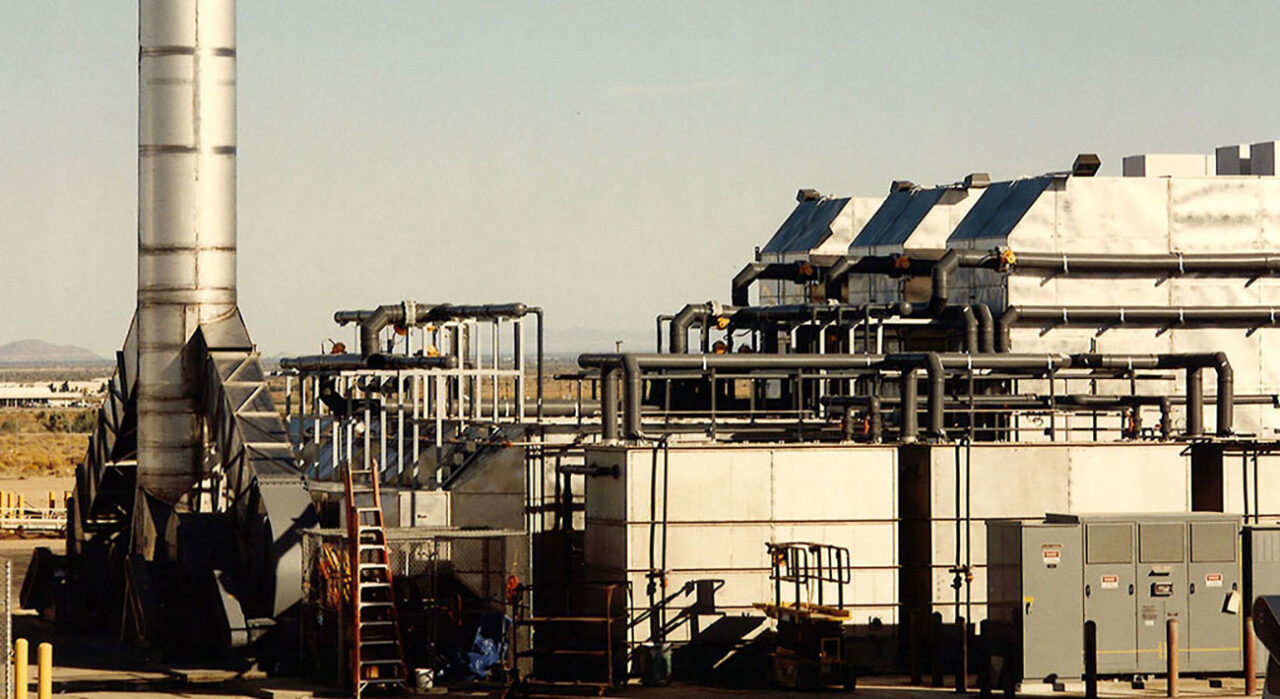

W.E. O’Neil’s aerospace and defense expertise paved the way for high-tech and data center projects at the California office. Landmark achievements include the Rockwell Space Power Electronics Lab, the Lockheed Metallic Fabrication and Metals Processing Facility, and the DirecTV LA Broadcast Center (2000).
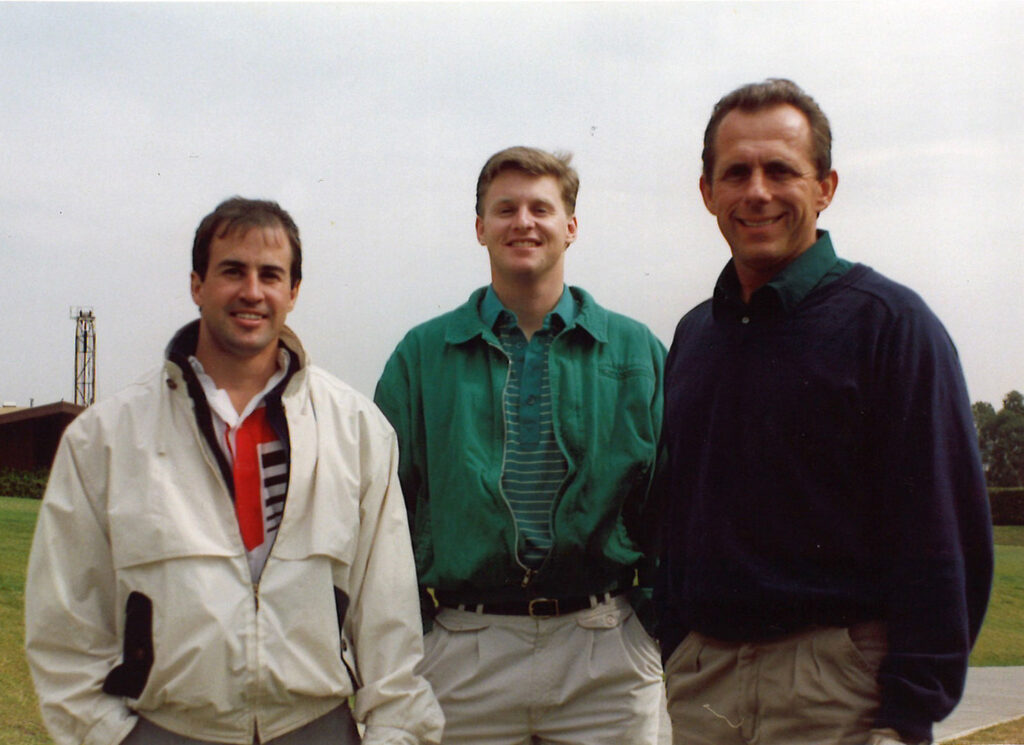
Brian Ramsay and Todd Guthrie spearhead the opening of W.E. O’Neil’s Colorado office, marking a key milestone in the company’s national expansion.
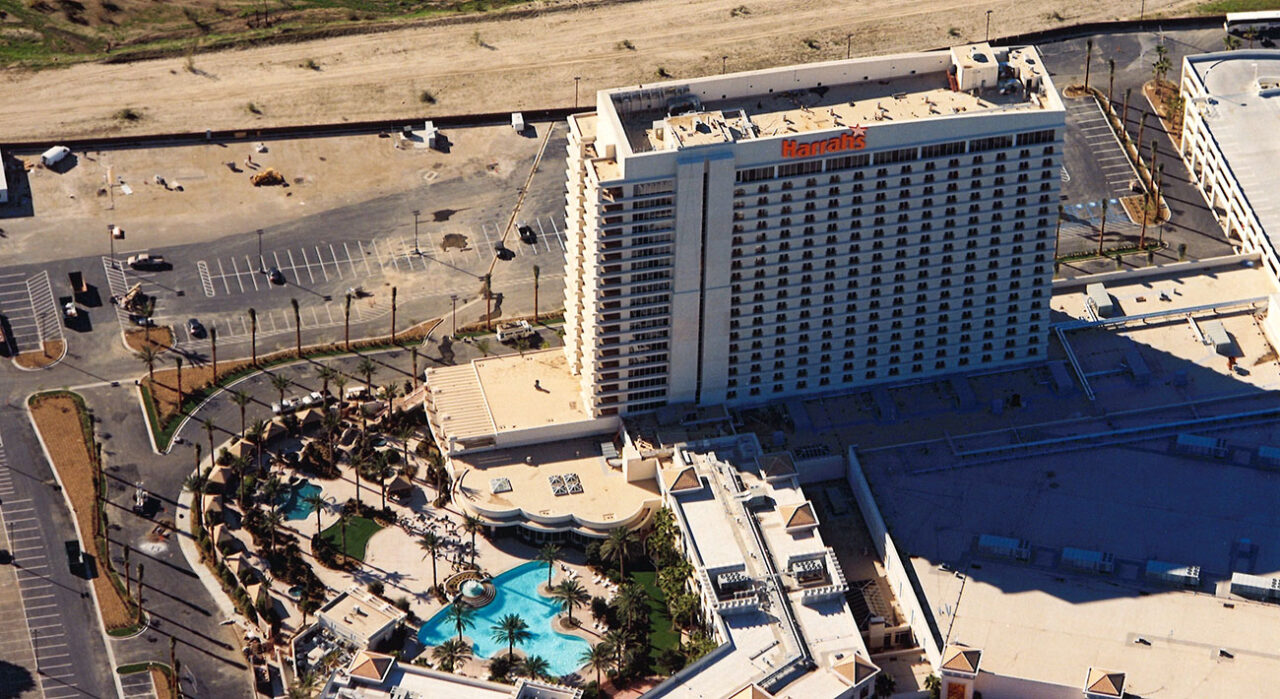
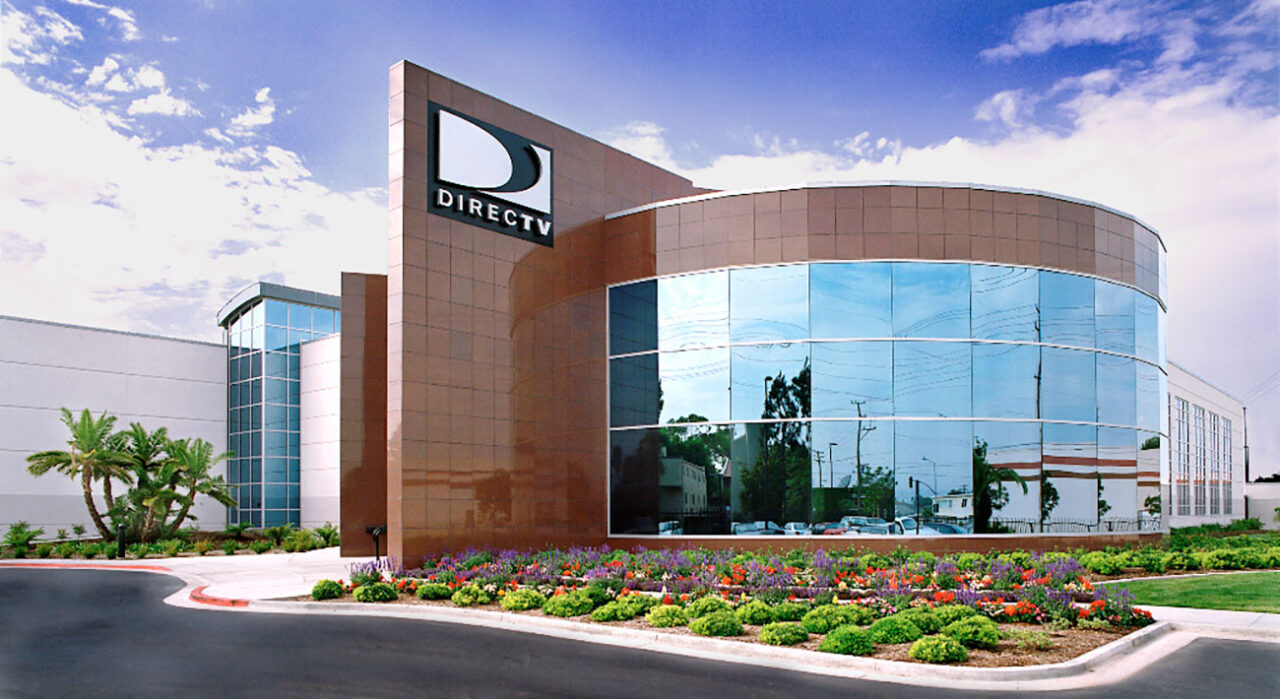
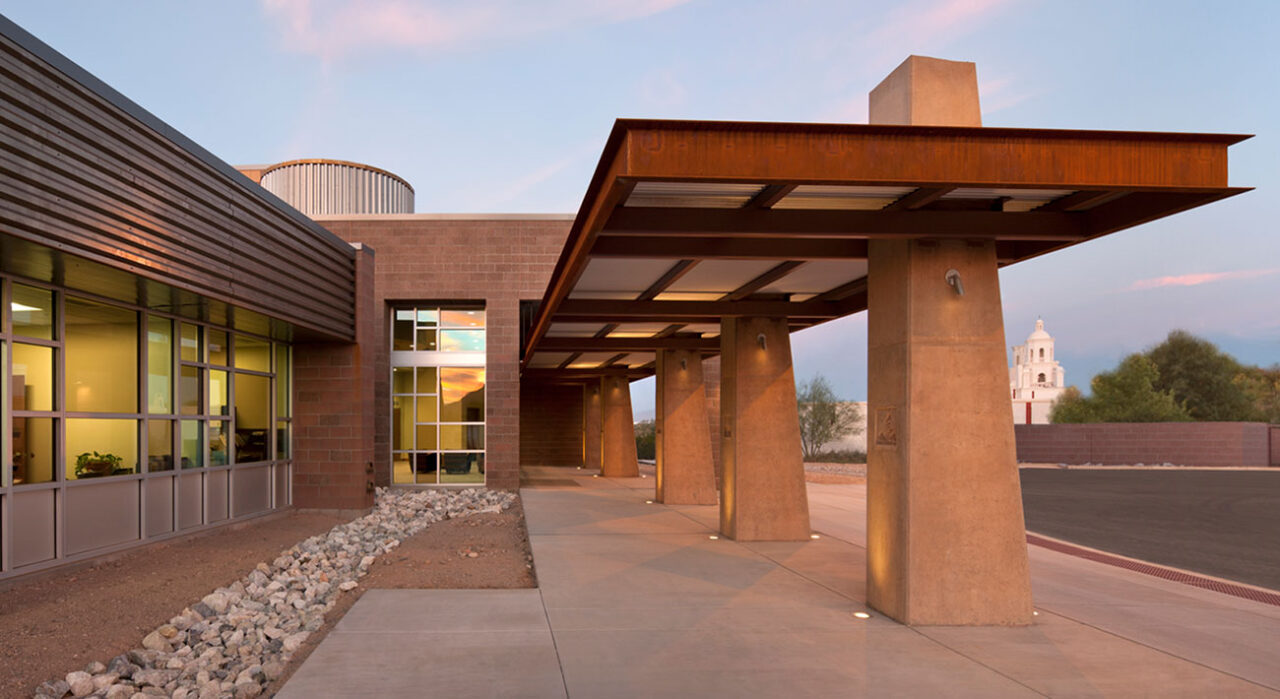
Project sizes grow significantly, with averages increasing from $5 million to $20 million. During this period, W.E. O’Neil diversifies into emerging sectors of the 2000s, including healthcare, gaming, multifamily housing, and retirement communities, reflecting the evolving needs of the era.
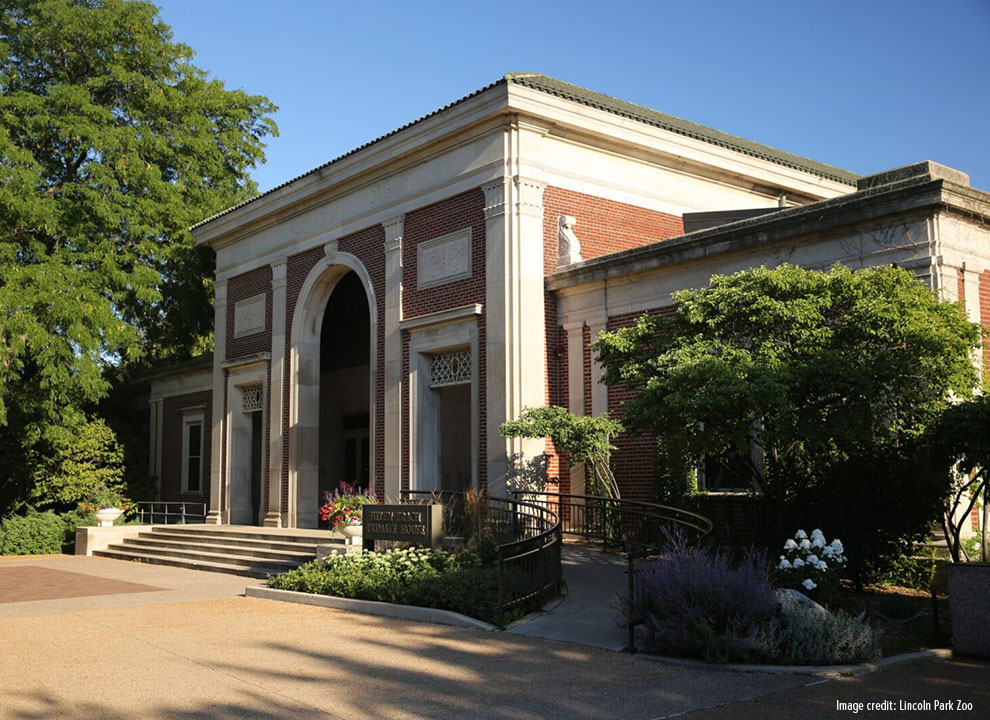
W.E. O’Neil celebrates its 75th anniversary at the Lincoln Park Zoo Primate House, honoring the site of its very first project.

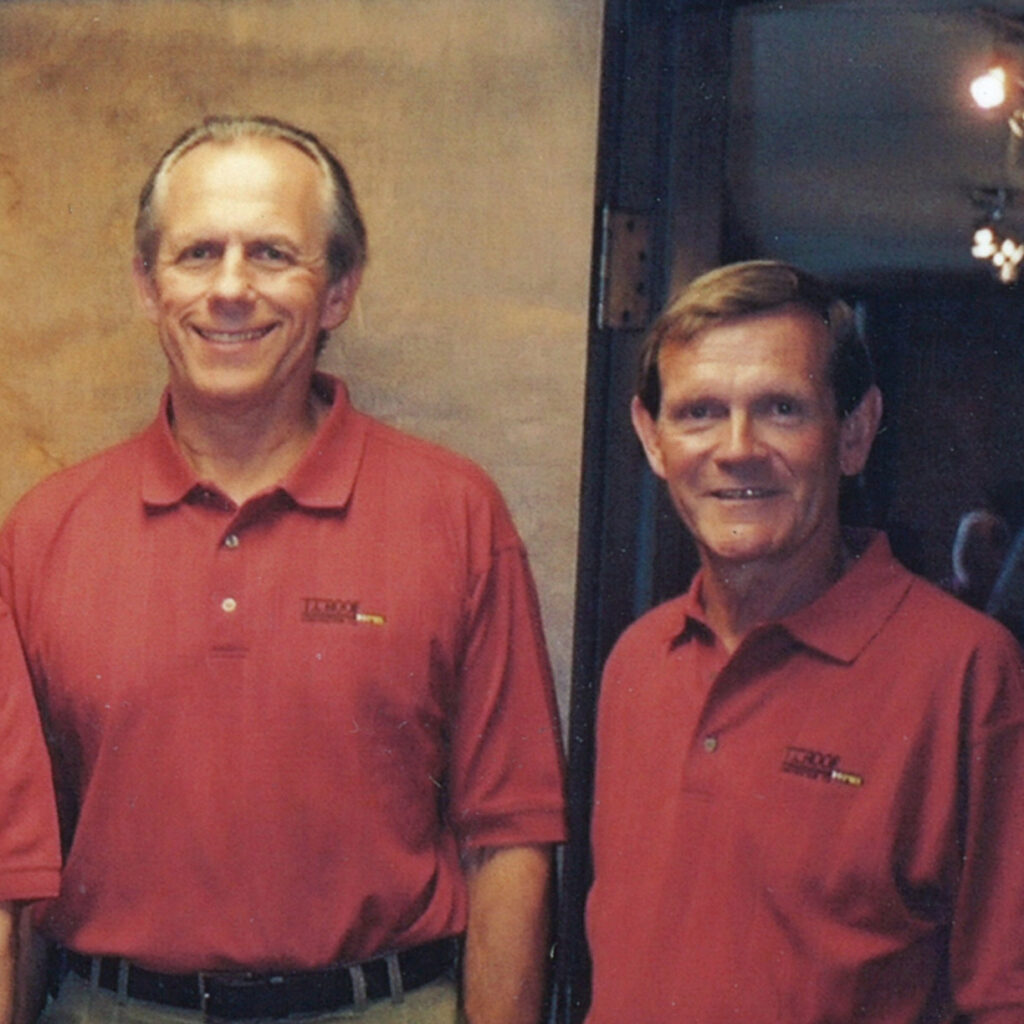
Rich Erickson is named CEO while Bill O’Neil transitions to chairman of the board.
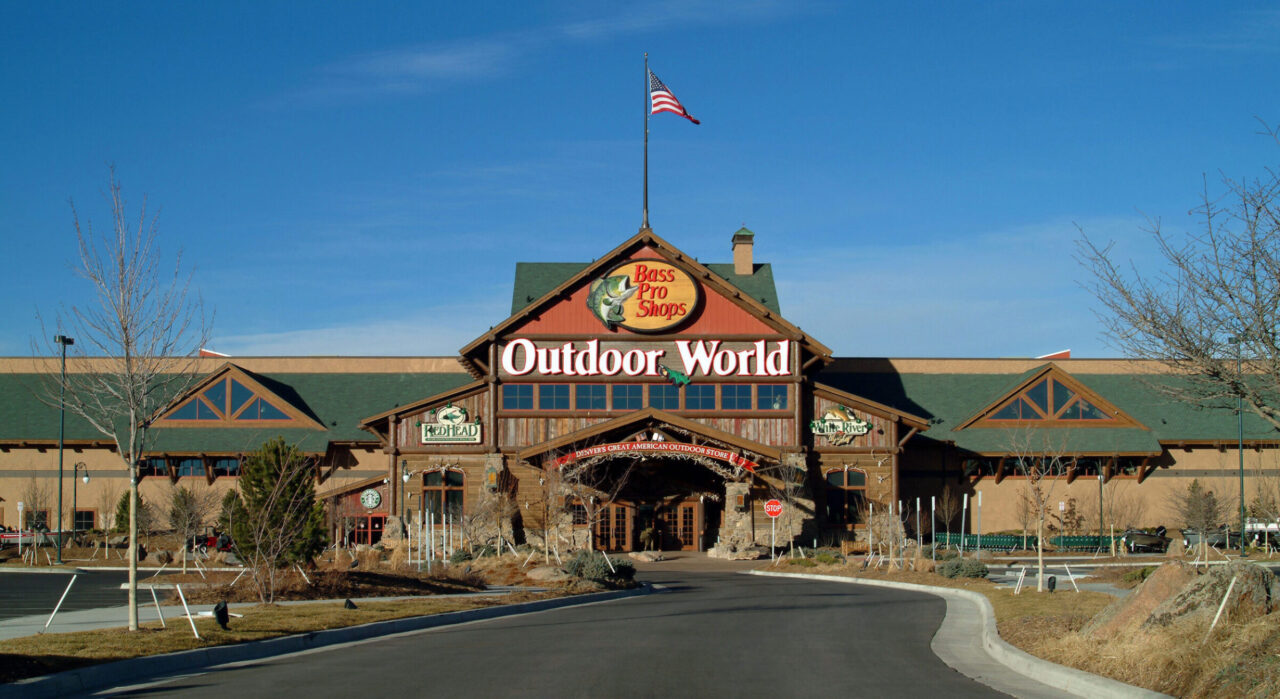
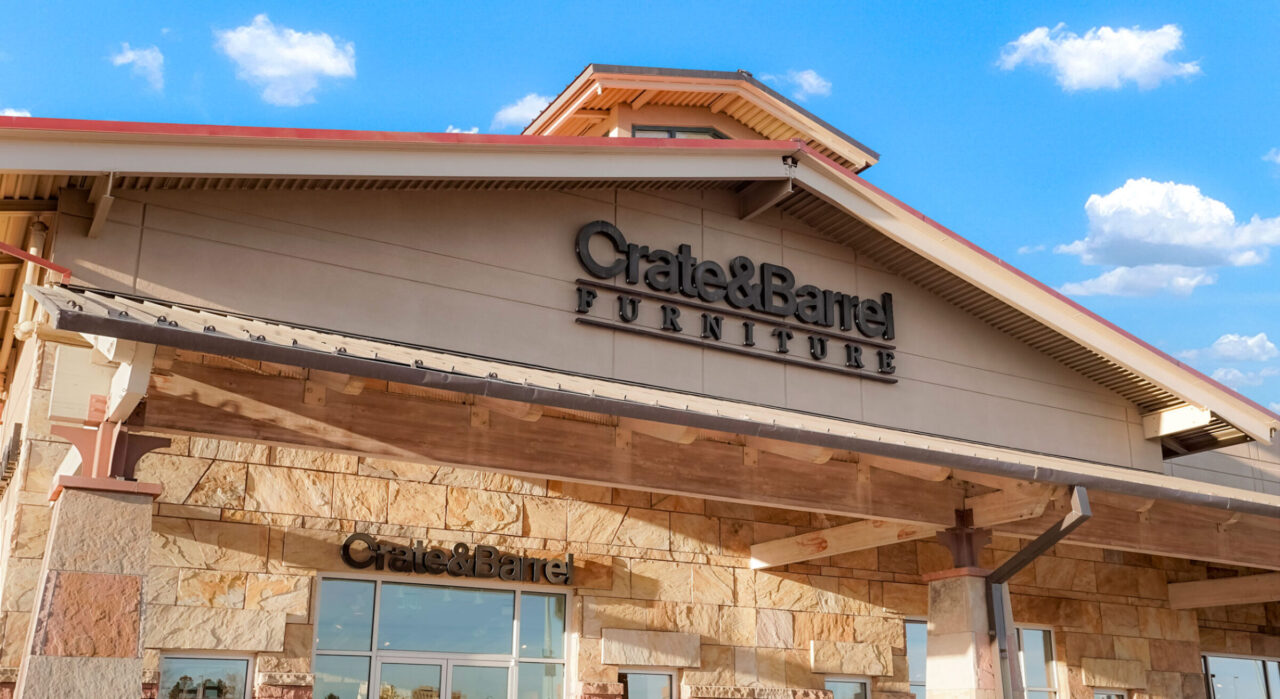

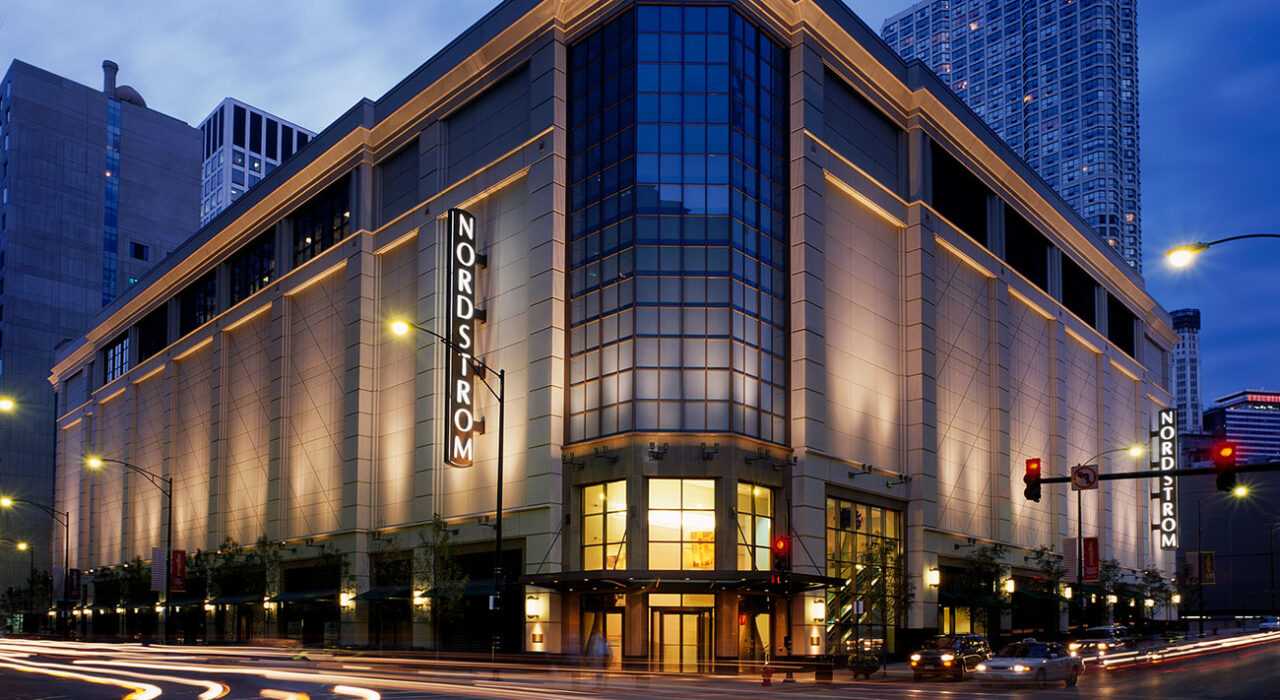
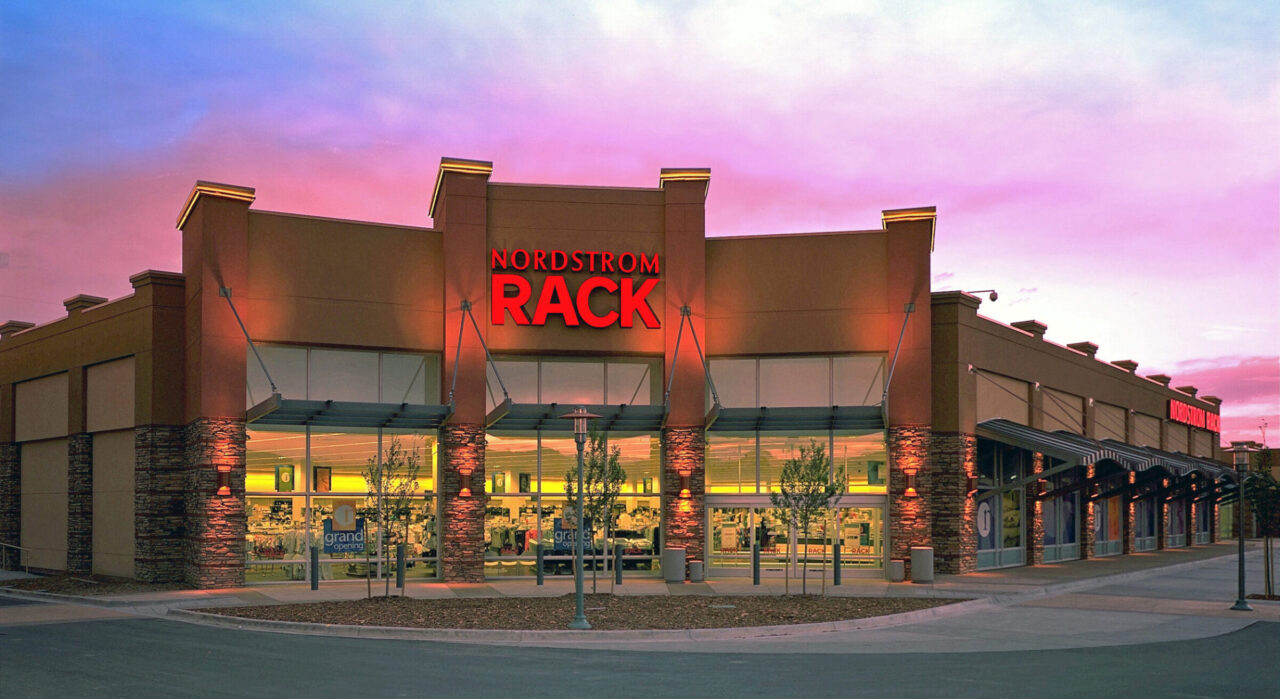


To drive growth, the Colorado office capitalizes on the company’s national connections, leveraging retail relationships built by the Chicago team. This teamwork leads to high-profile projects like Bass Pro Shops Outdoor World and multiple Nordstrom locations, showcasing the strength of shared expertise across regions.
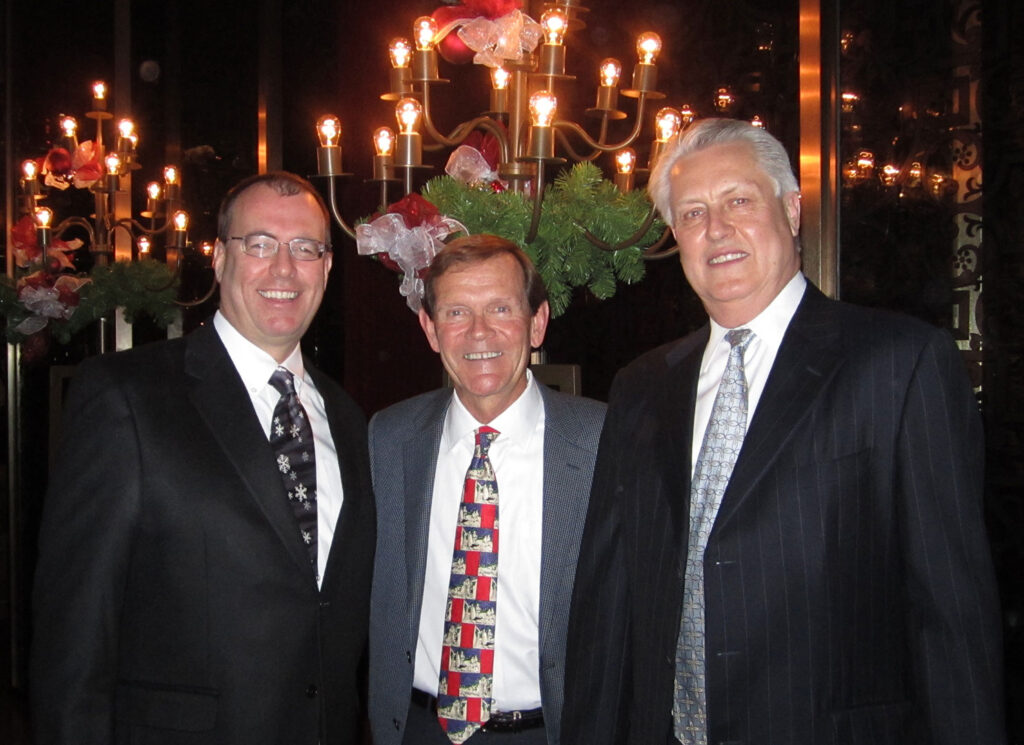
John Russell (left, with Bill and Mike Faron) becomes president of the Chicago office bringing his decades of experience, strong management skills, and operations background to the role.
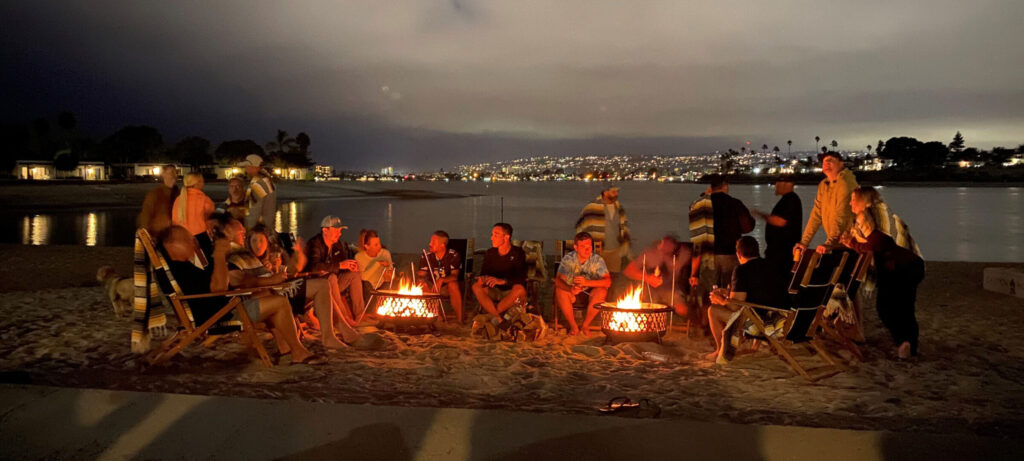
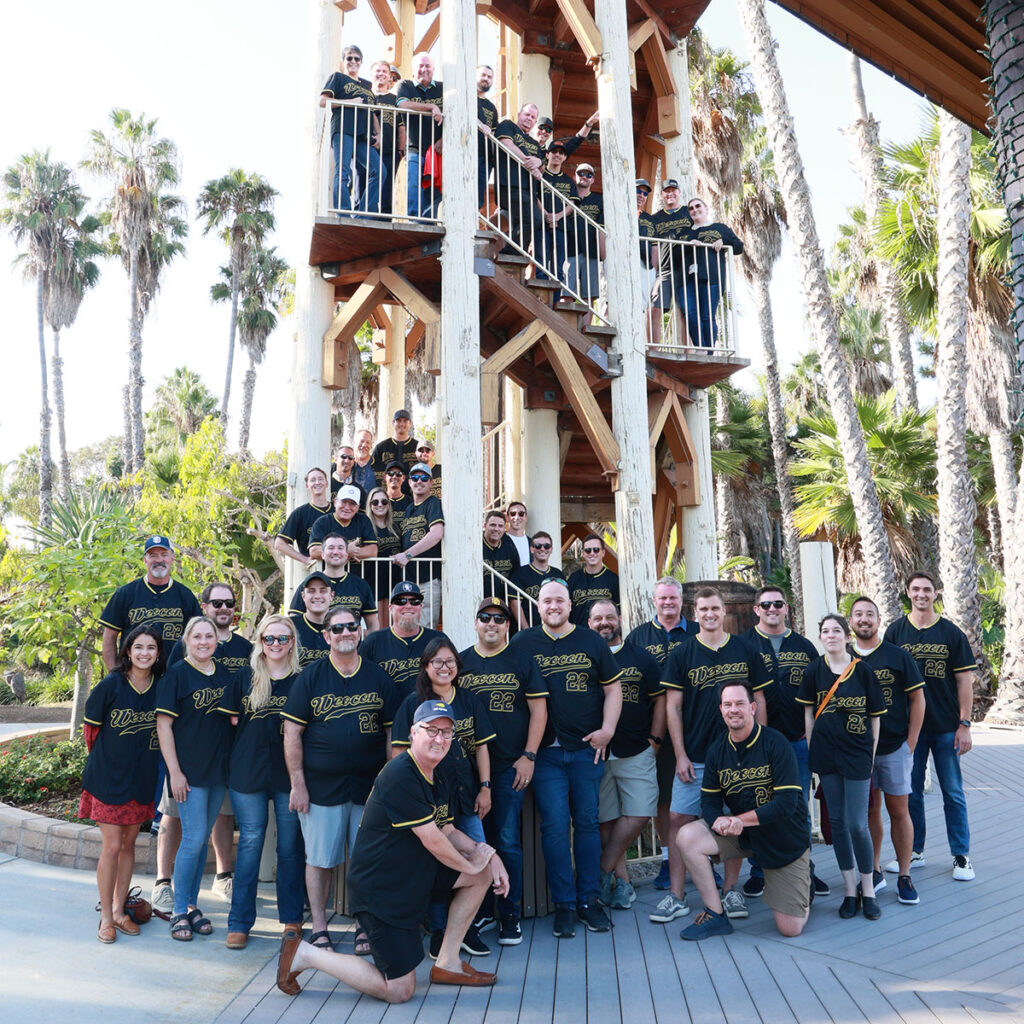
The first WEOCON is held. Initiated by Rick Erickson, Brad Fry, and Pat McGowan, this event underscores W.E. O’Neil’s dedication to leveraging knowledge and fostering collaboration across offices. It also reinforces the company’s core value, “WE are Lifelong Learners,” by promoting continued personal and professional growth.
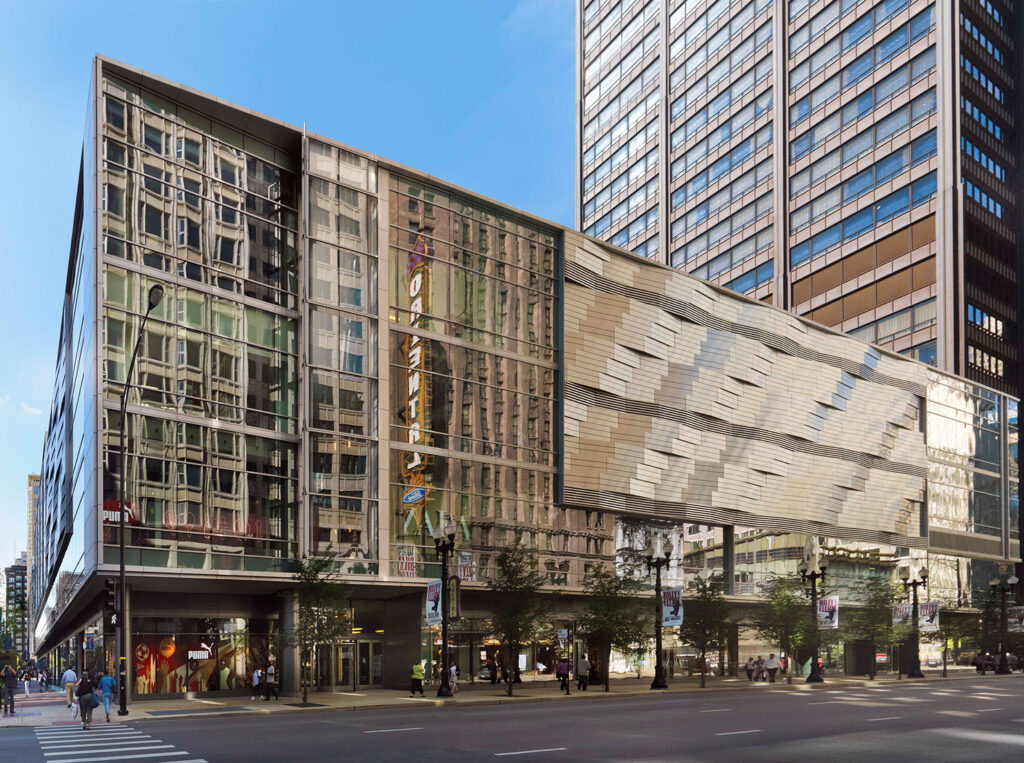
Block 37, a major mixed-use development in the Chicago Loop, becomes W.E. O’Neil’s largest retail project to date. This milestone caps off a decade of high-profile Chicago landmarks, including Merchandise Mart renovations (2000), U-505 Submarine exhibit at the Museum of Science and Industry (2004), and the Crown Fountain at Millennium Park (2004).
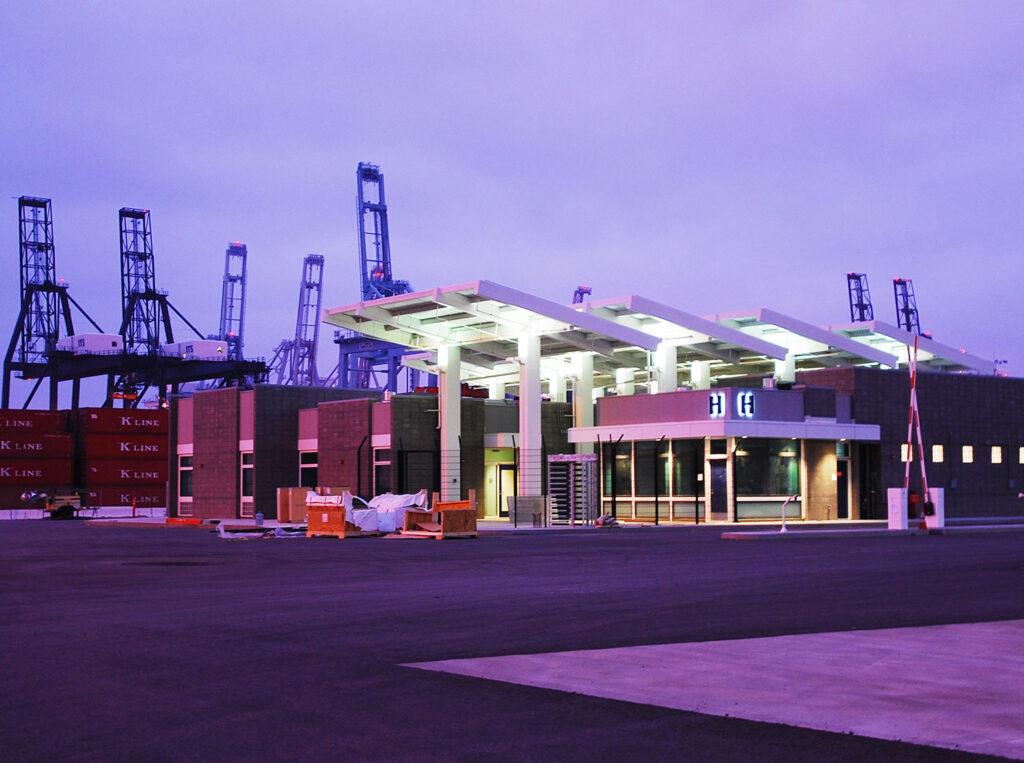
W.E. O’Neil leverages its relevant experience to expand into the infrastructure market with projects at Port of Long Beach. Pier G and Pier E was a critical multi-phase project and a cornerstone for the California team’s public works portfolio, blending expertise in aerospace, technology, manufacturing, and government infrastructure. It stands as a testament to the company’s versatility and ability to deliver on complex, large-scale initiatives.
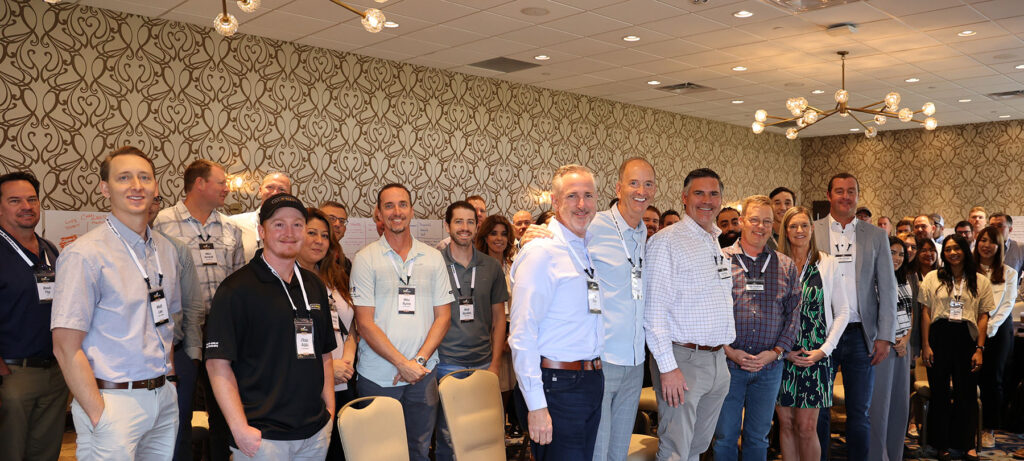
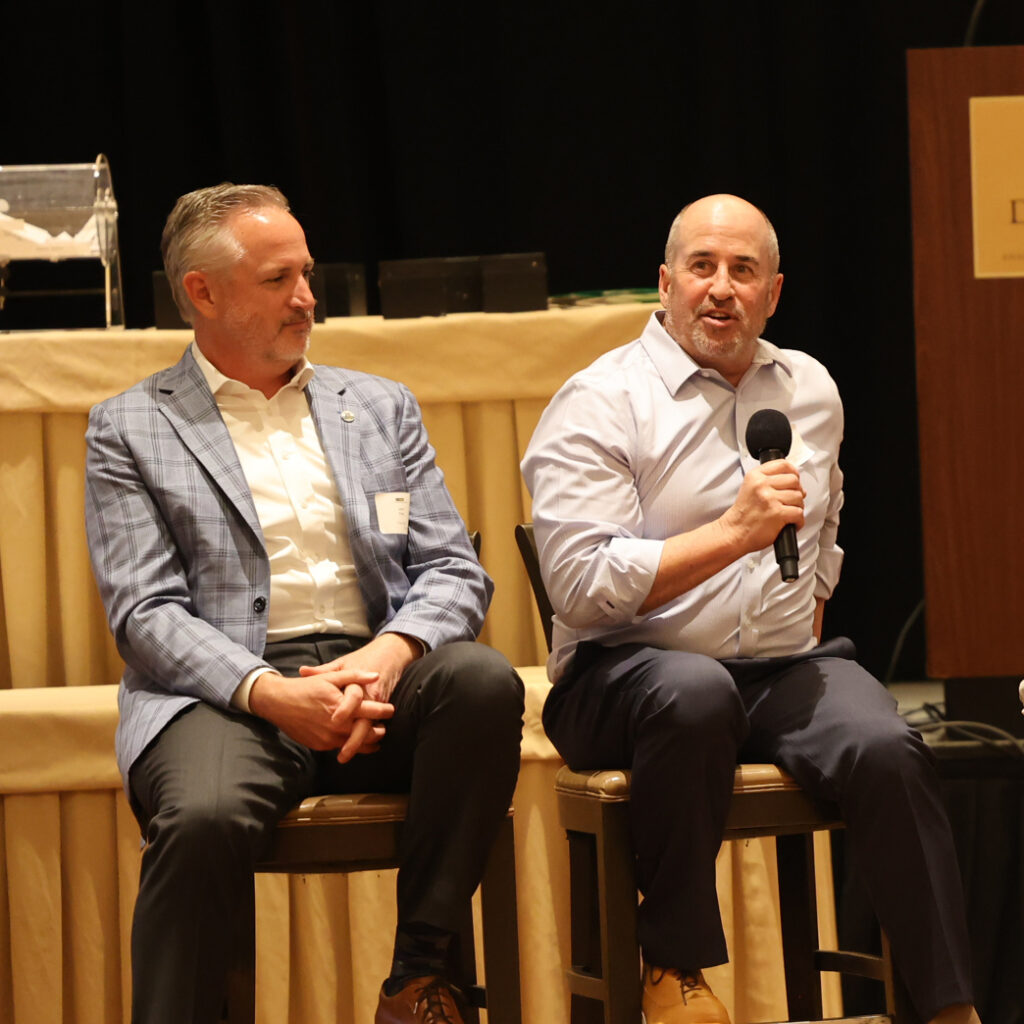
Brian Ramsay becomes CEO, and John Finn takes over as president of the California office.
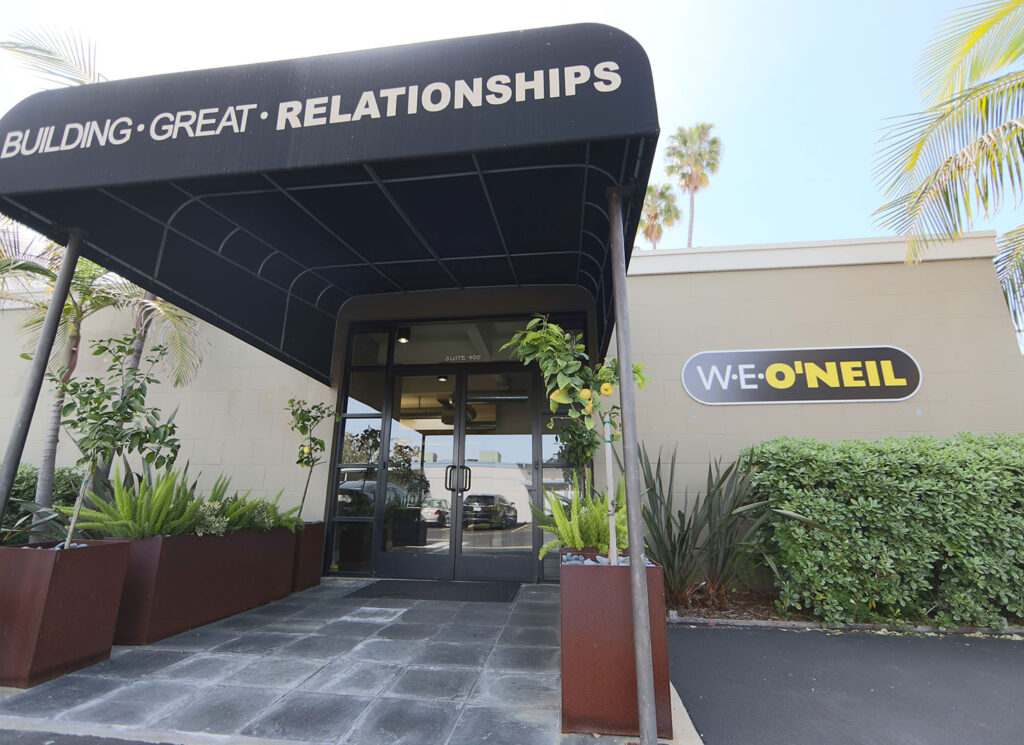
W.E. O’Neil expands its regional presence with new offices in Nashville and San Diego, enhancing its ability to serve clients and extend its reach.
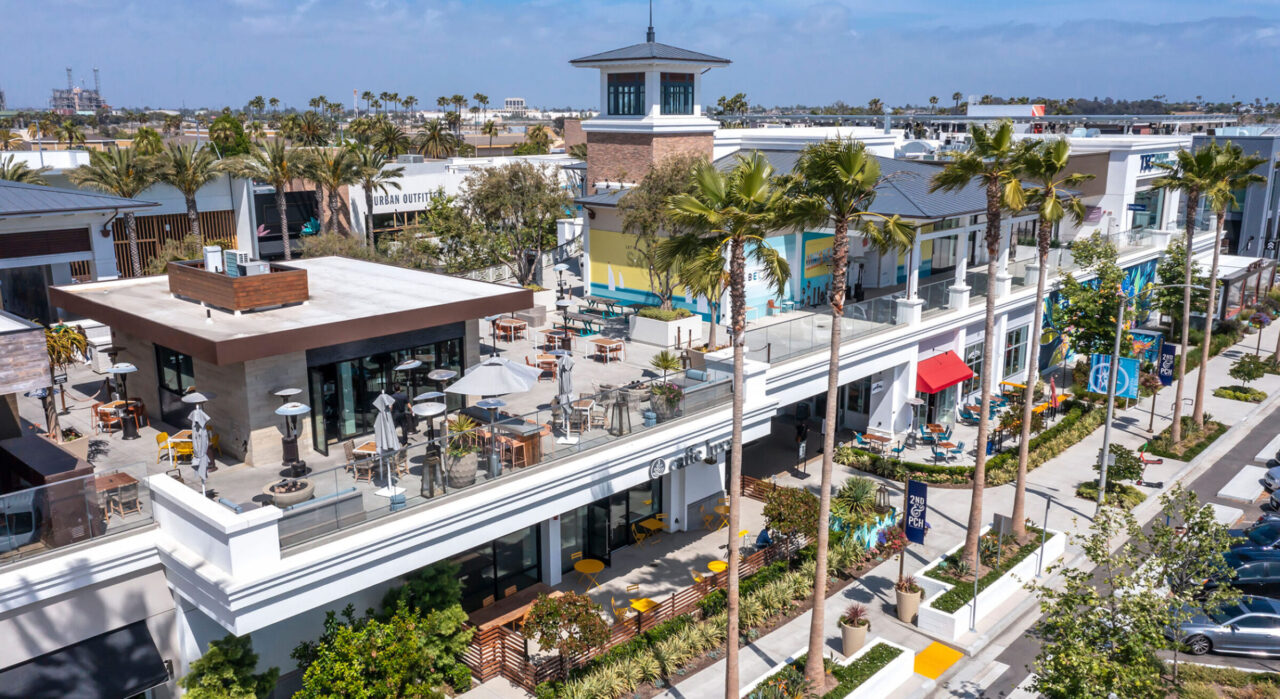
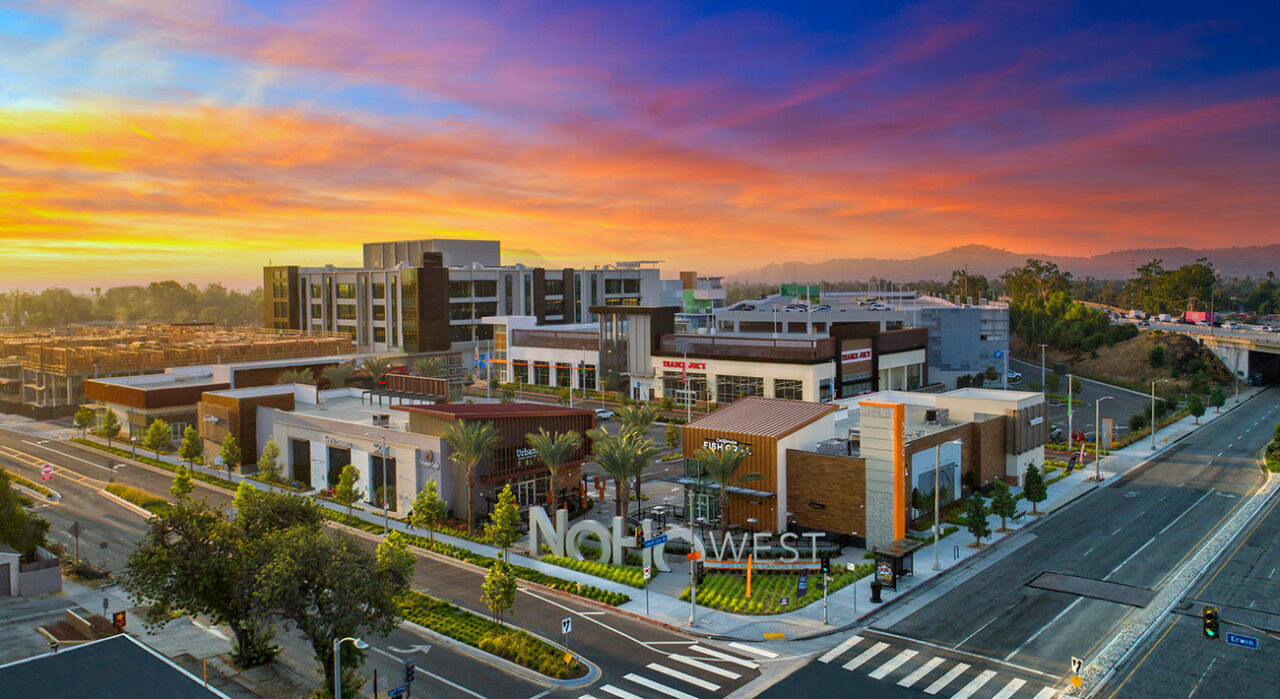
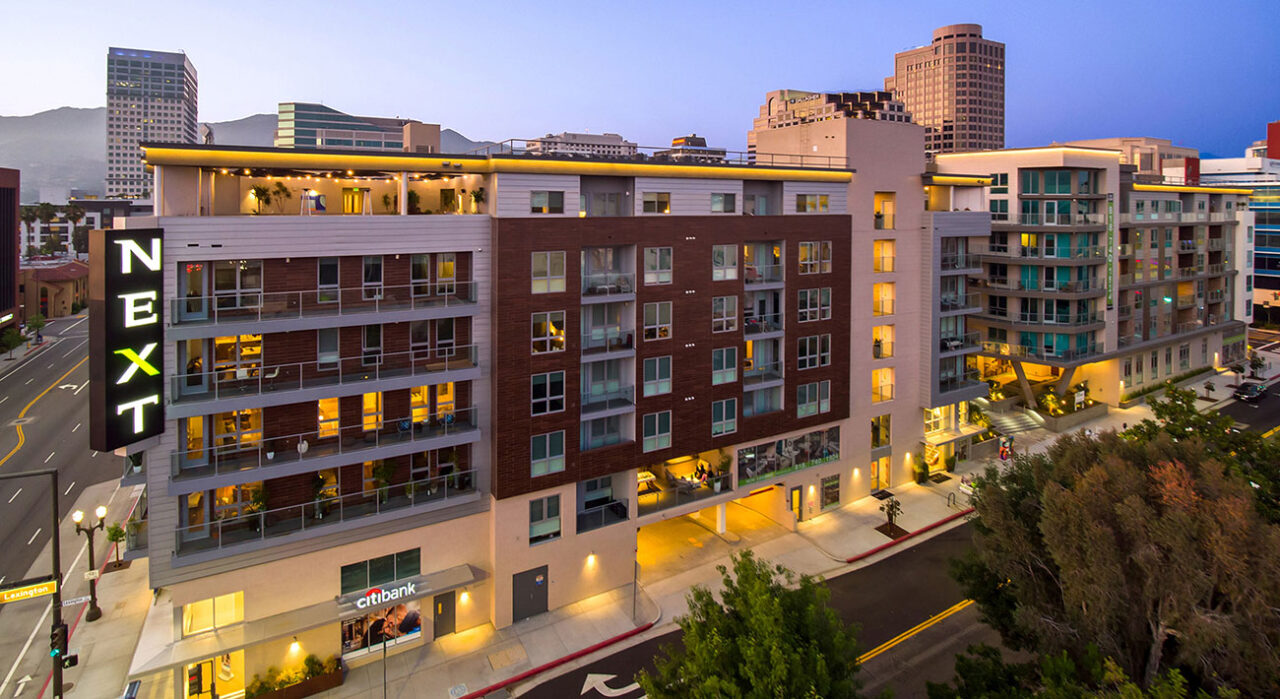
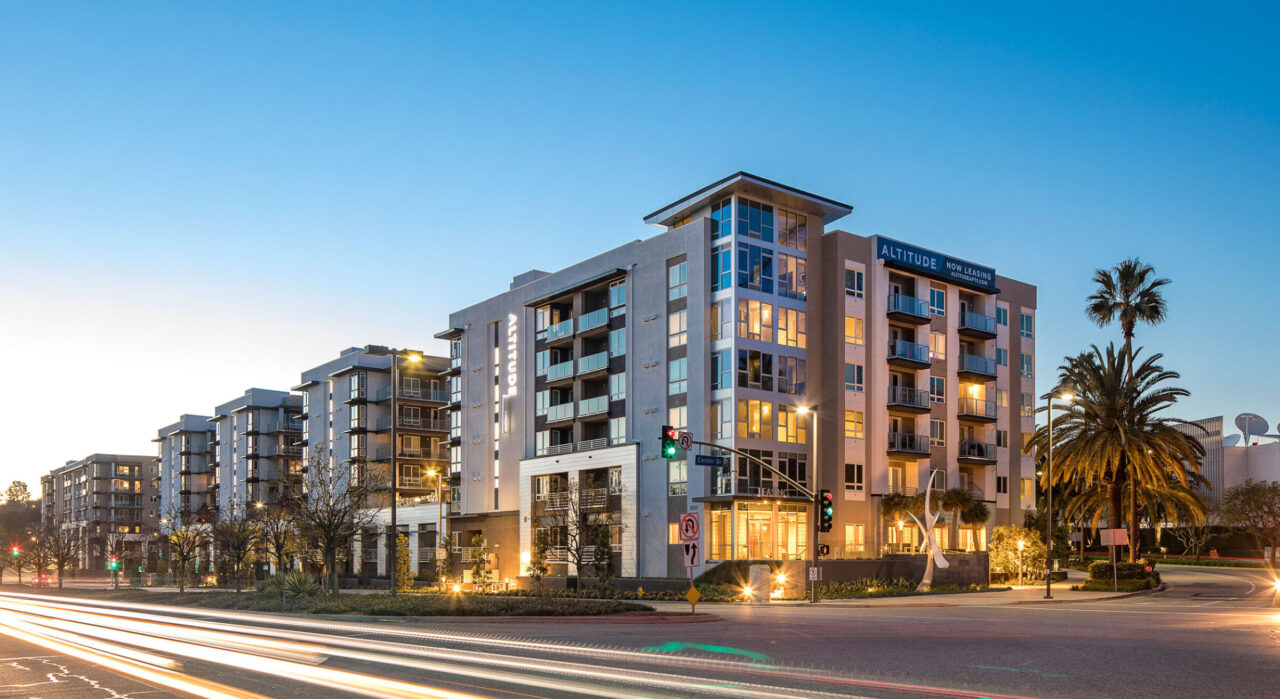
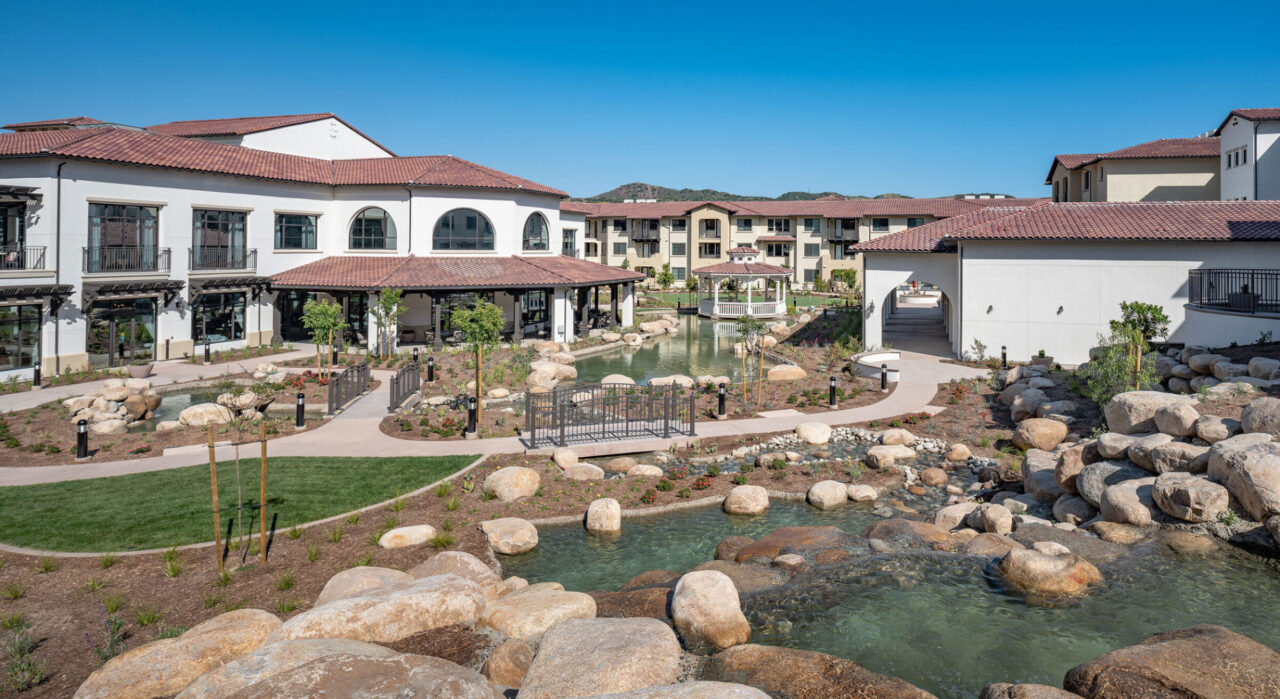
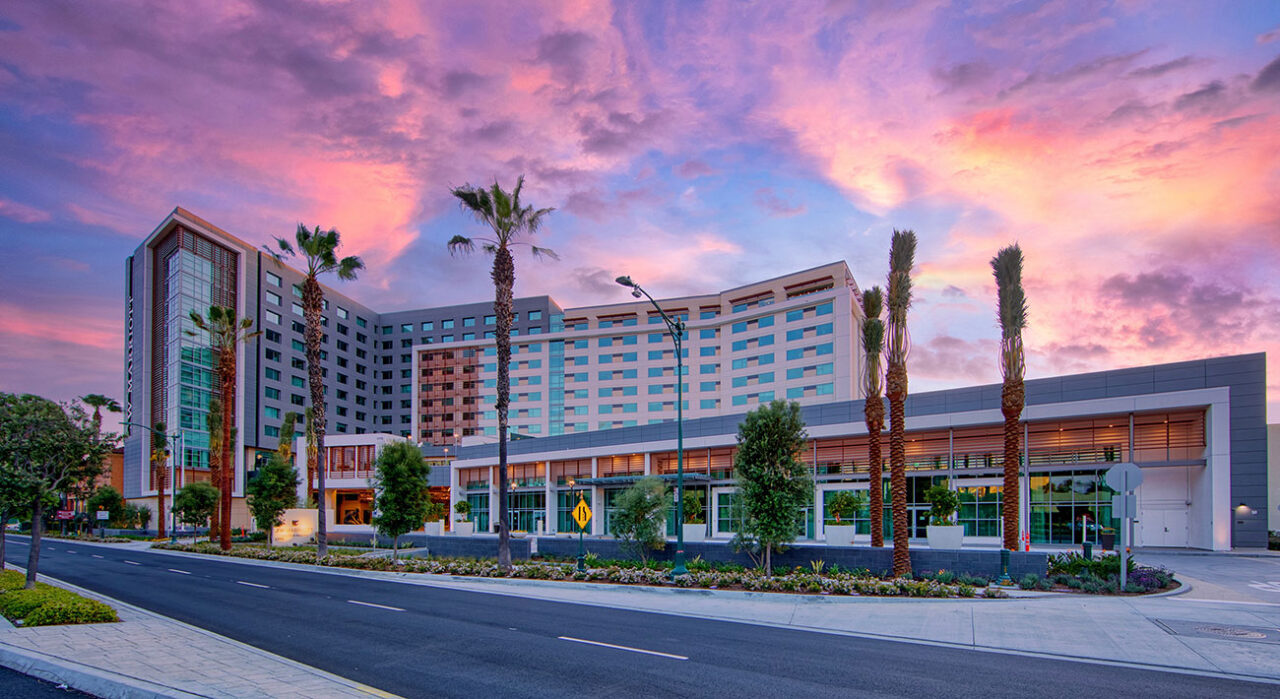
W.E. O’Neil achieves its first billion-dollar revenue year, driven by six California projects each exceeding $100 million across diverse sectors: Altitude Apartments and Next on Lex (multifamily), NoHo West and 2nd and PCH (retail), Reata Glen Continuing Care Retirement Community (senior living), and JW Marriott Anaheim Resort (hospitality).
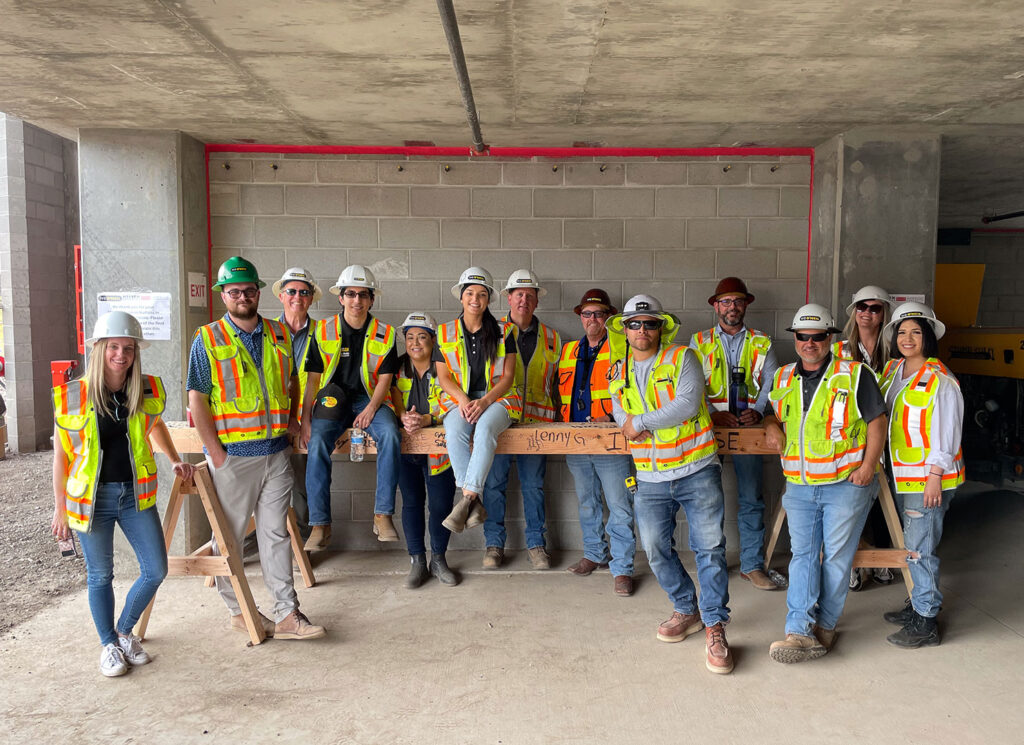
W.E. O’Neil was ranked #66 on Engineering News-Record’s Top 400 General Contractors list. This year, the company also entered the Top 10 Best Places to Work and received multiple project-based awards. These honors reflect its ongoing commitment to excellence and the dedication of its employee-owners.
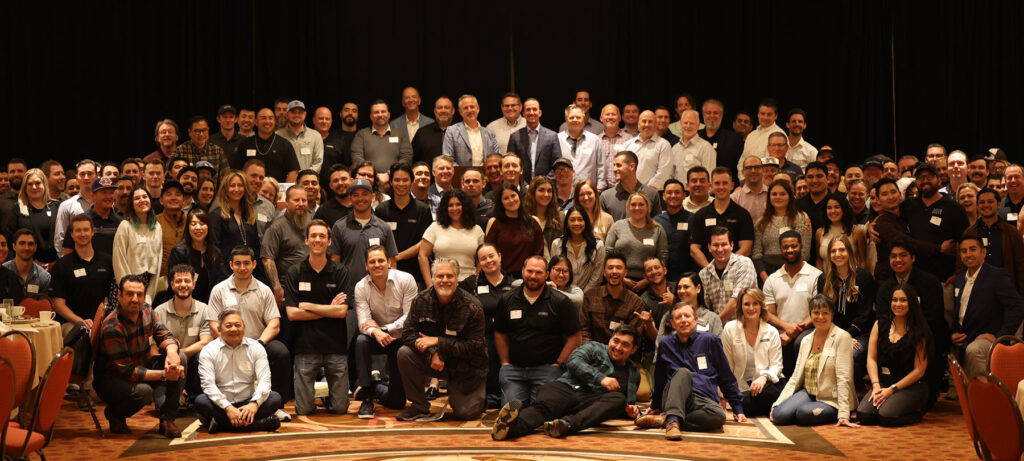
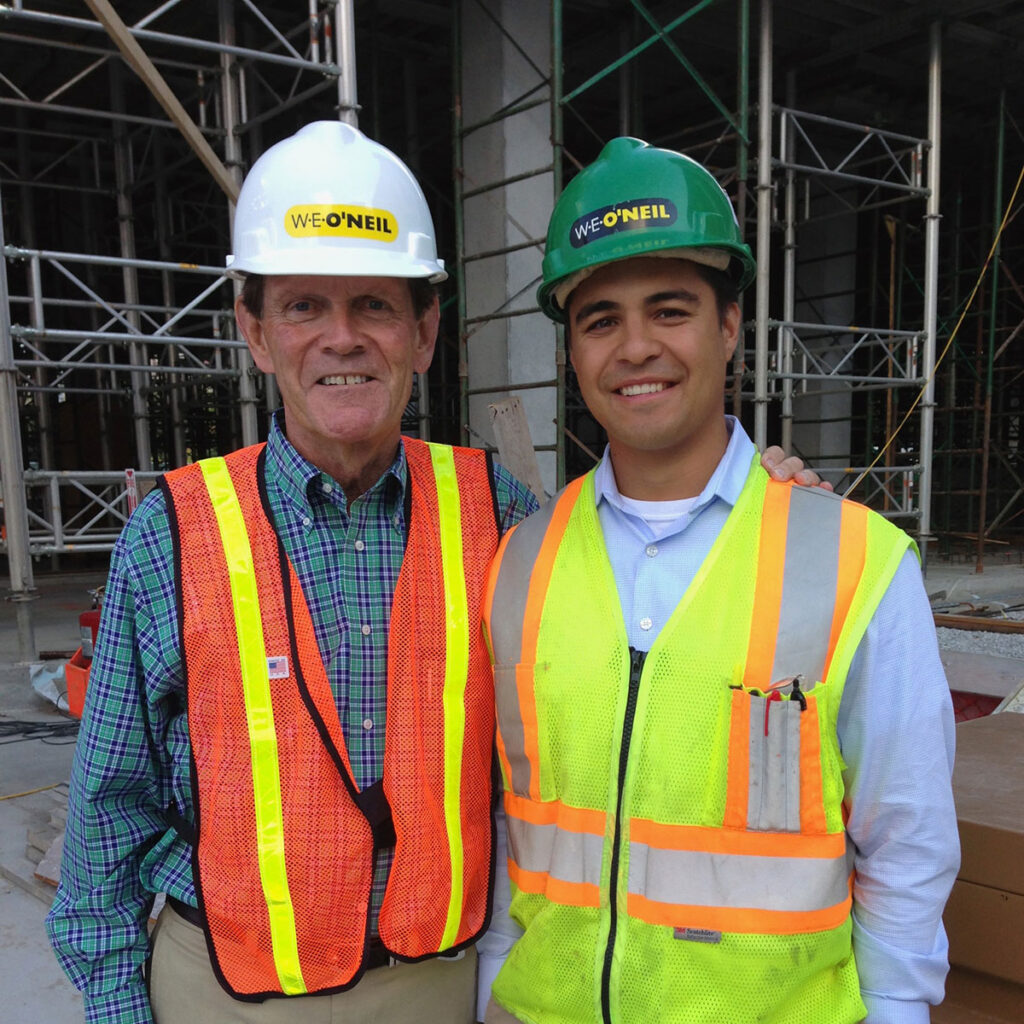
W.E. O’Neil became 100% employee-owned in 2020! This was a big milestone for us and lays the groundwork for future growth.

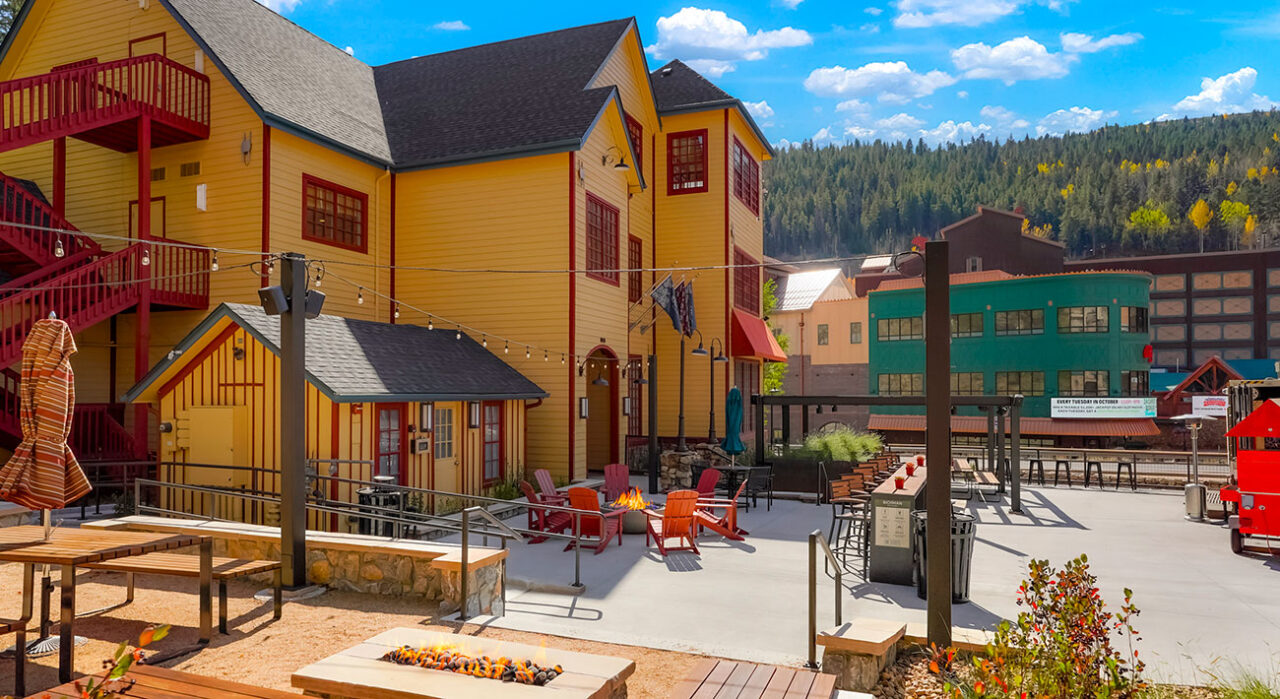
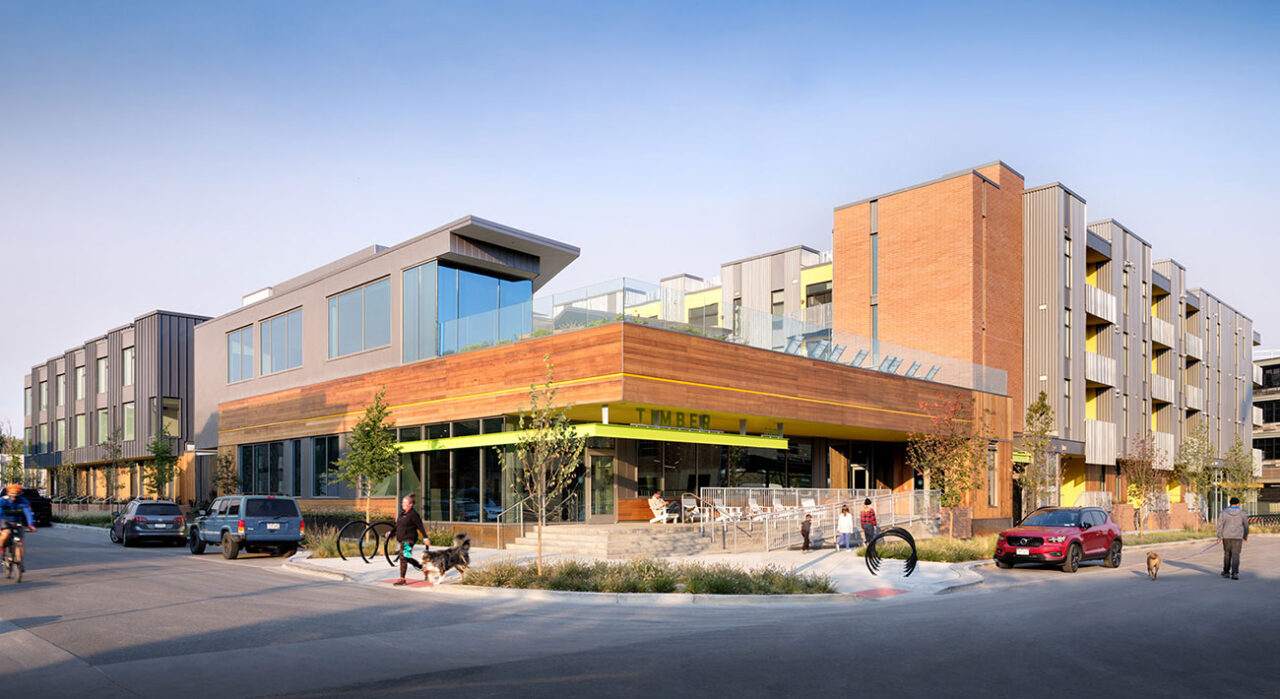

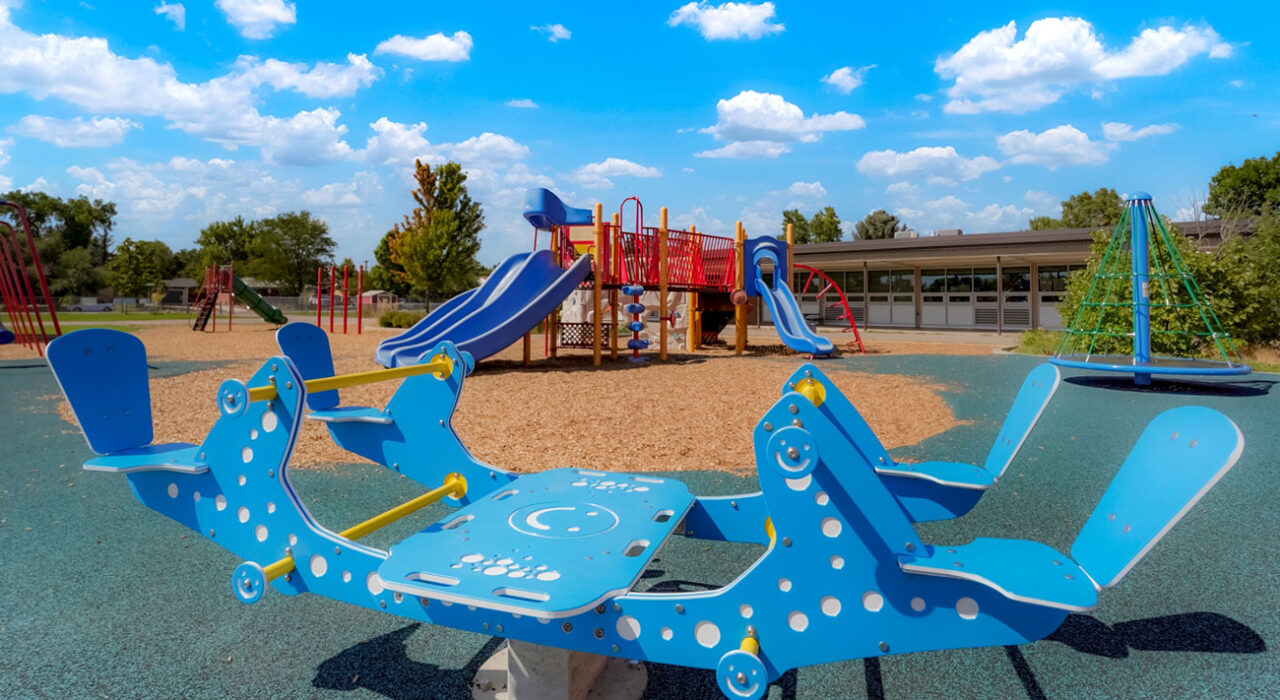
The Colorado office continues to expand the scale and scope of their work, with projects such as Spruce Hall at the Colorado School of Mines (2020) and the S’PARK Mixed-Use Development in Boulder (2018).

W.E. O’Neil establishes offices in Austin, TX and Northern California, marking strategic expansion into key regions.
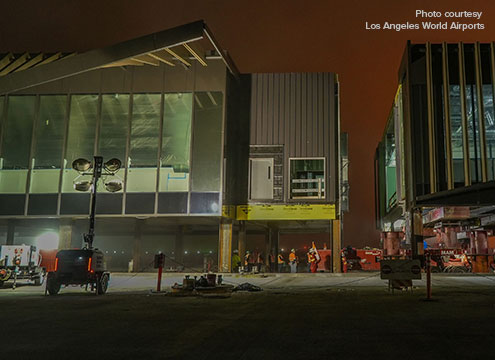
W.E. O’Neil’s California office partners with LAX to build MSC South, a cutting-edge, nine-segment, two-story facility: LAX’s newest concourse addition. Utilizing an innovative Offsite Construction and Relocation (OCR) building technique, the project involved prefabricating segments 1.5 miles offsite for efficient transport and reassembly at the terminal—marking a first for LAX and a milestone in streamlined airport construction.
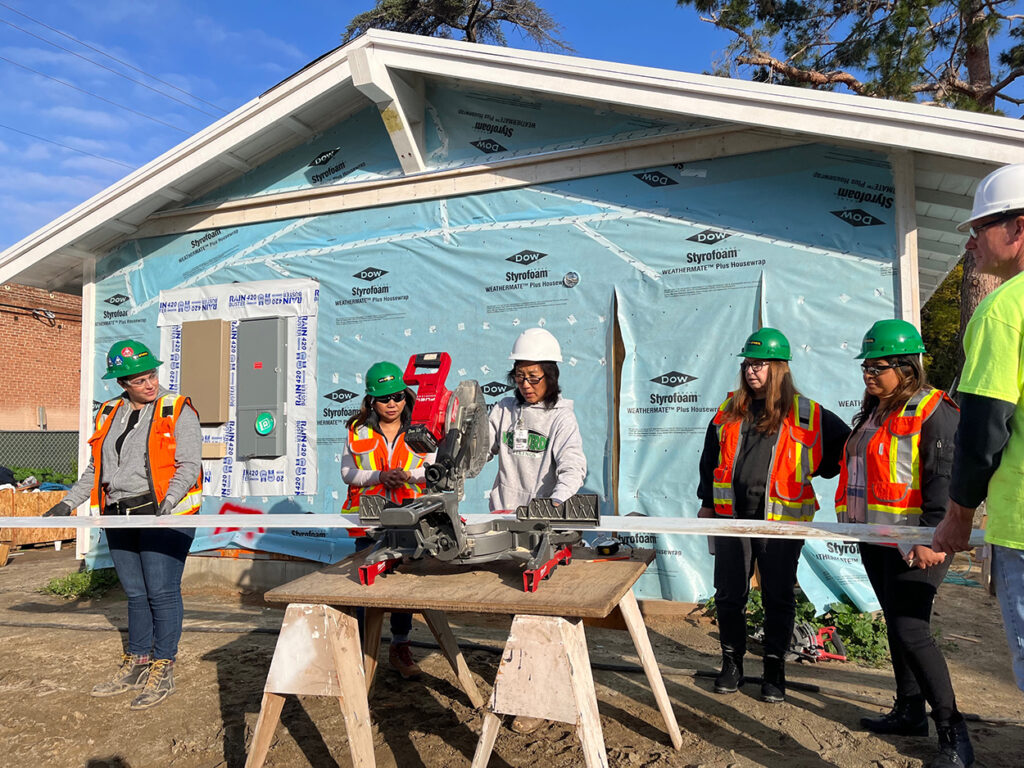
In the past three years, W.E. O’Neil employee-owners have contributed 2,696 volunteer hours, supported 144 organizations, and donated over $512,000—demonstrating our ongoing commitment to giving back to the communities where we live and work.
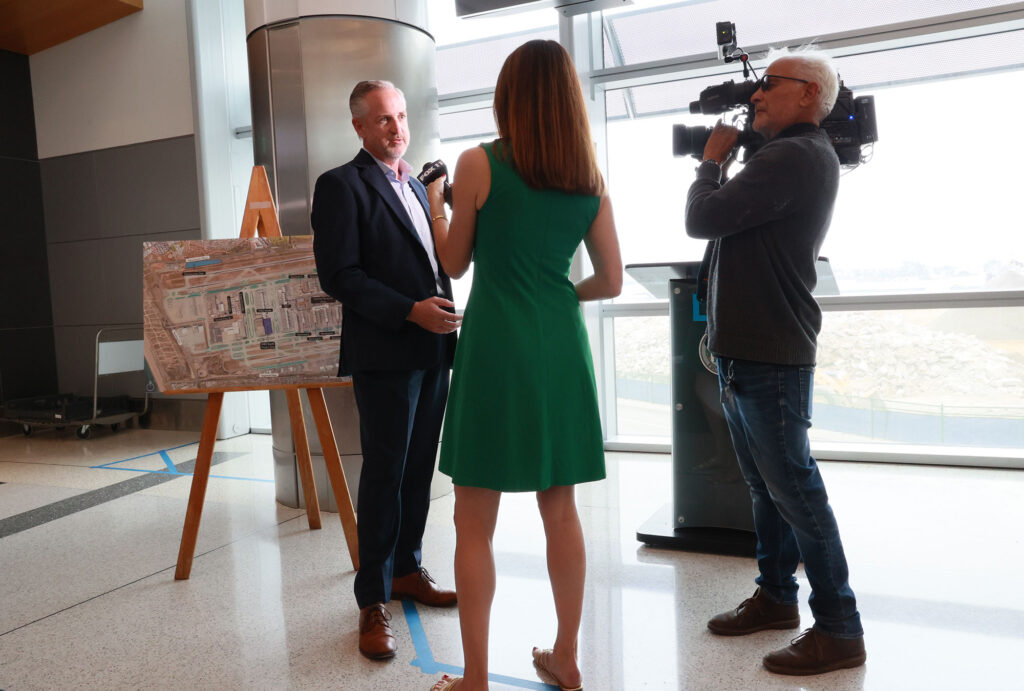
John Finn is named CEO while Brian Ramsay transitions to Chairman of the Board.
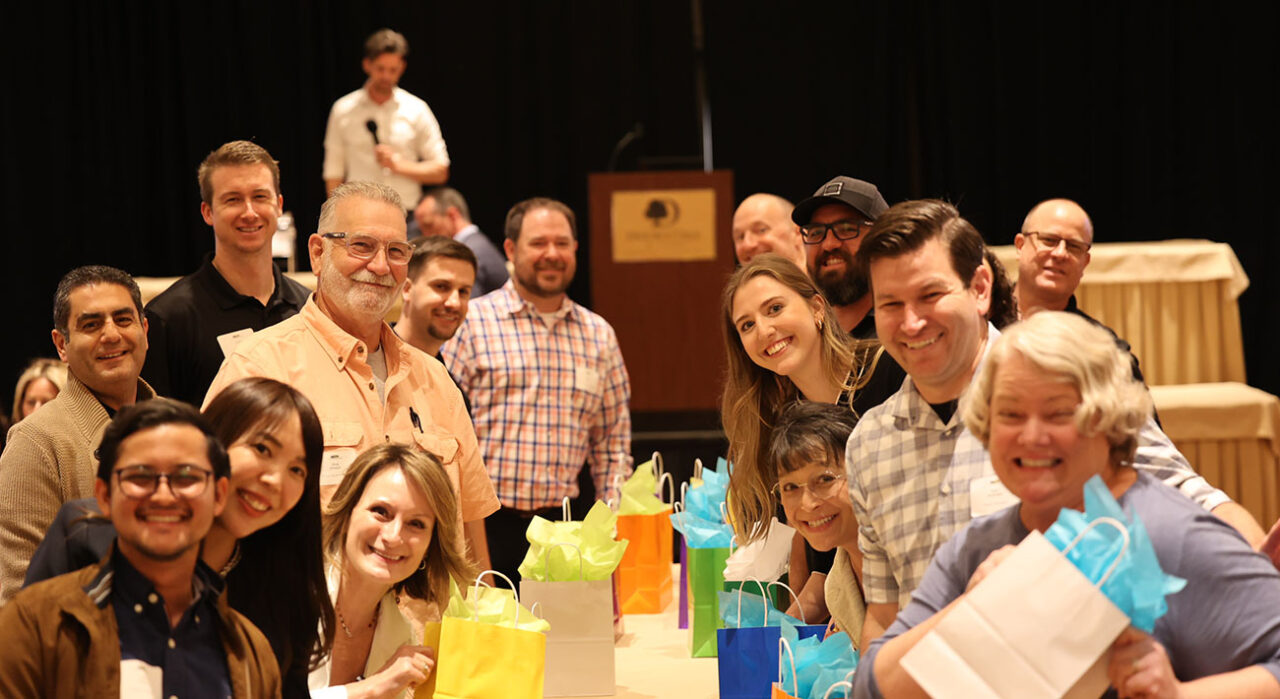
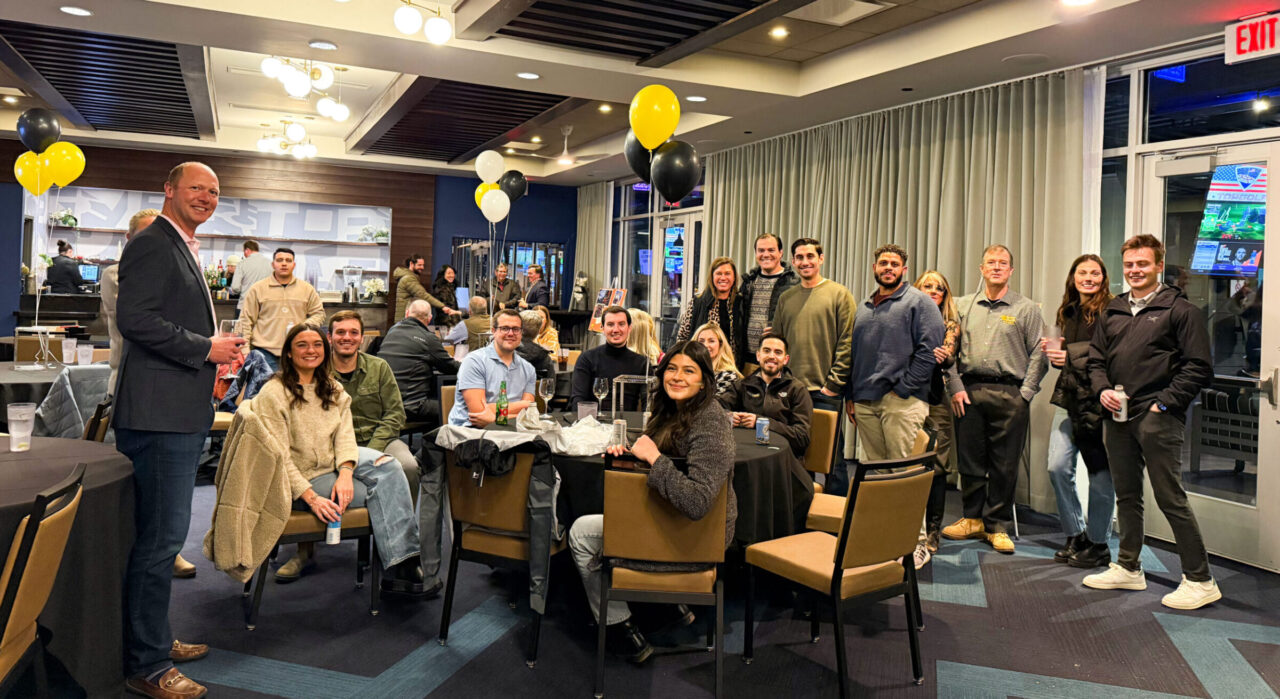
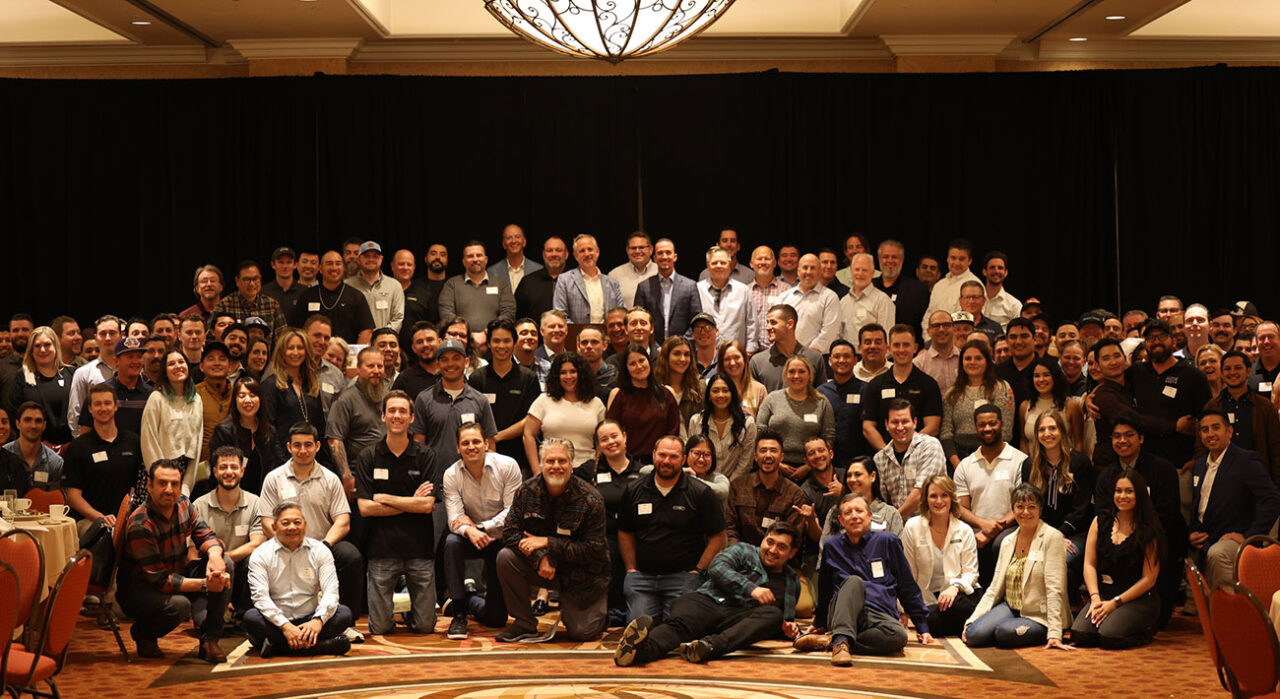
W.E. O’Neil Celebrates its 100-year anniversary!